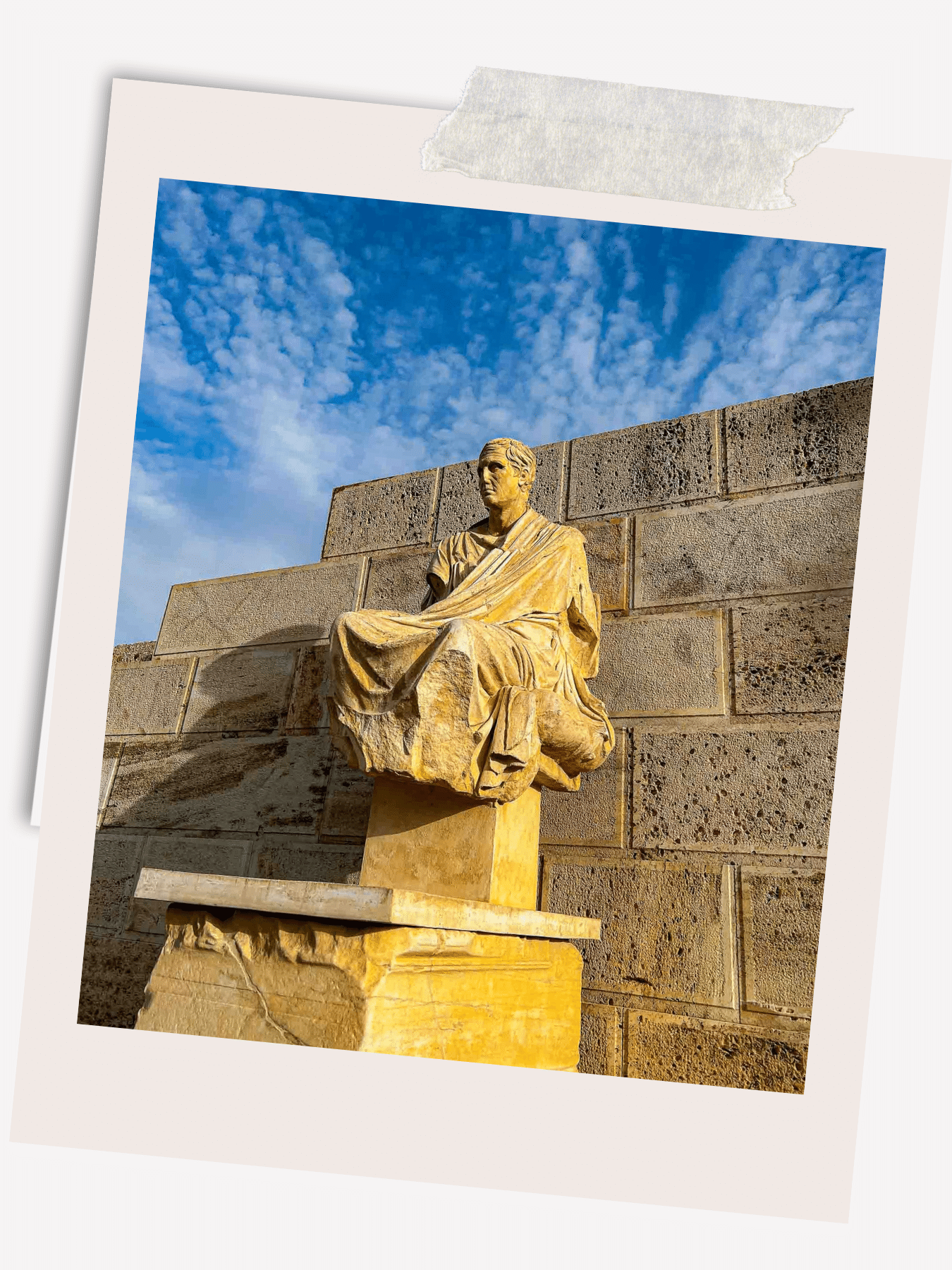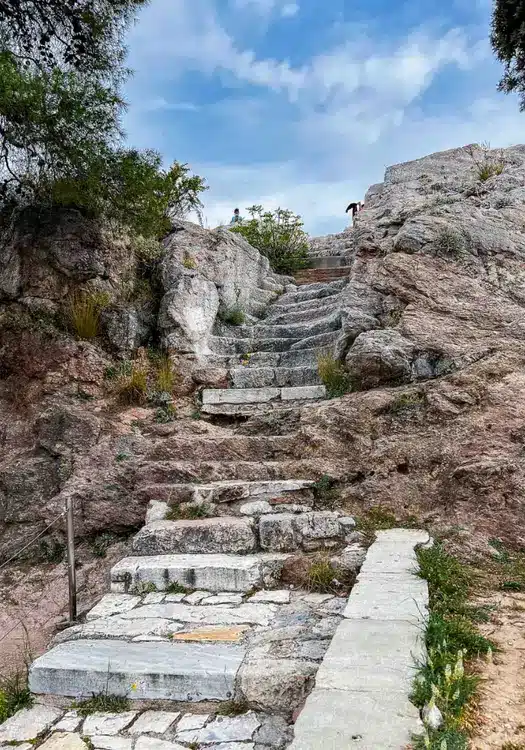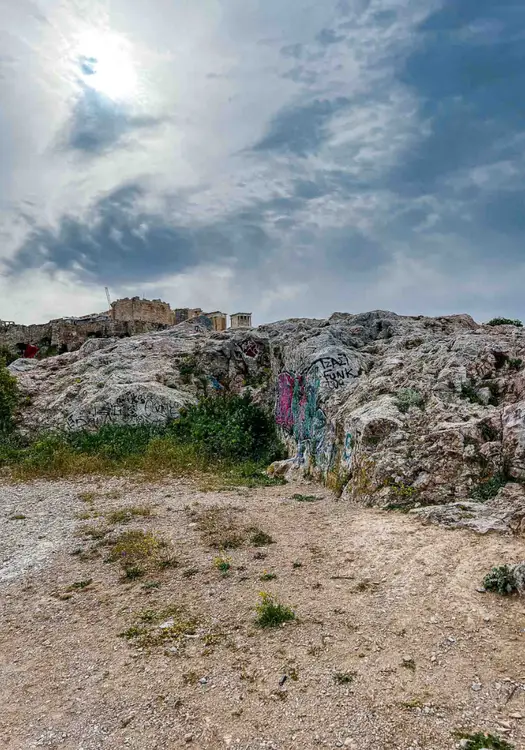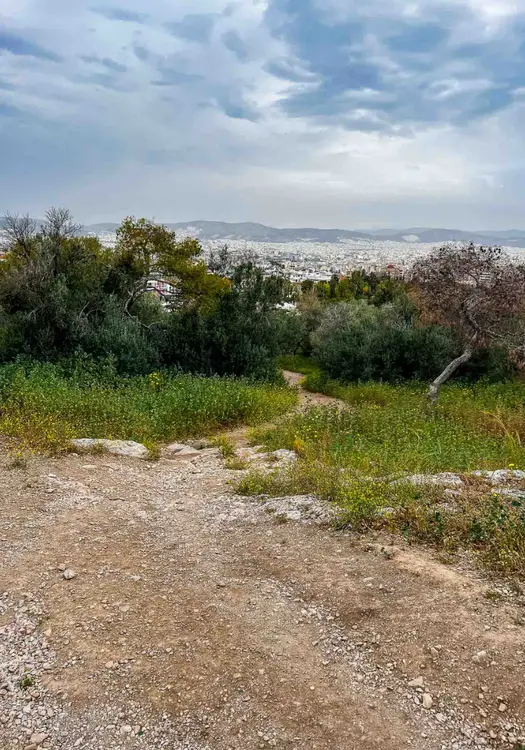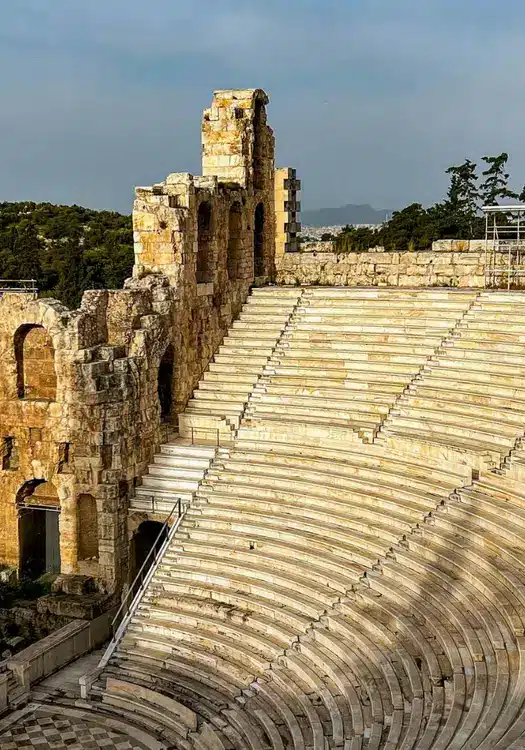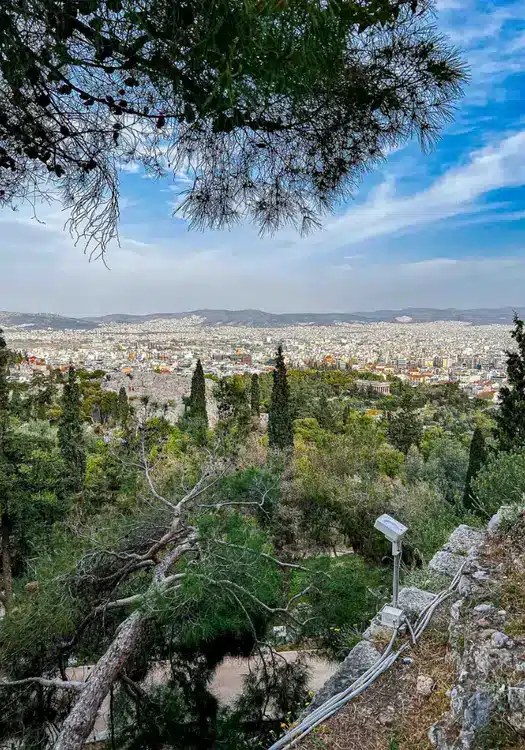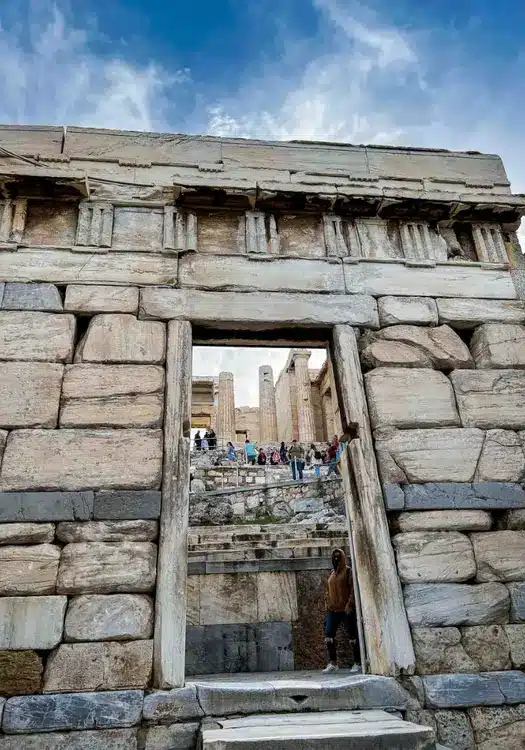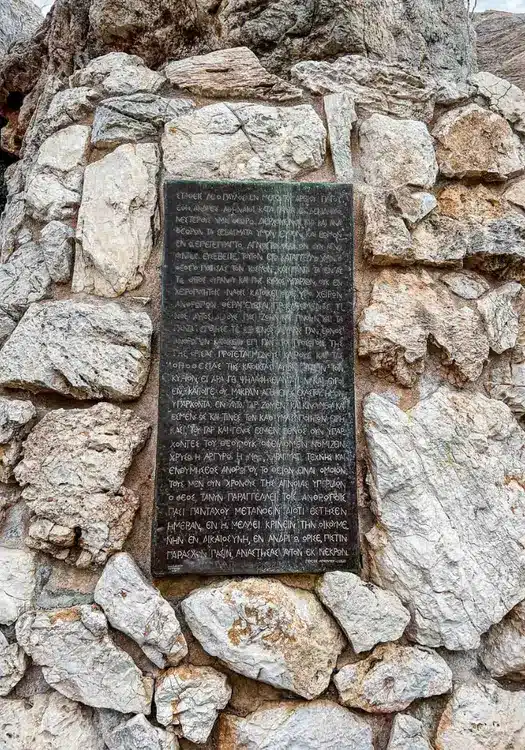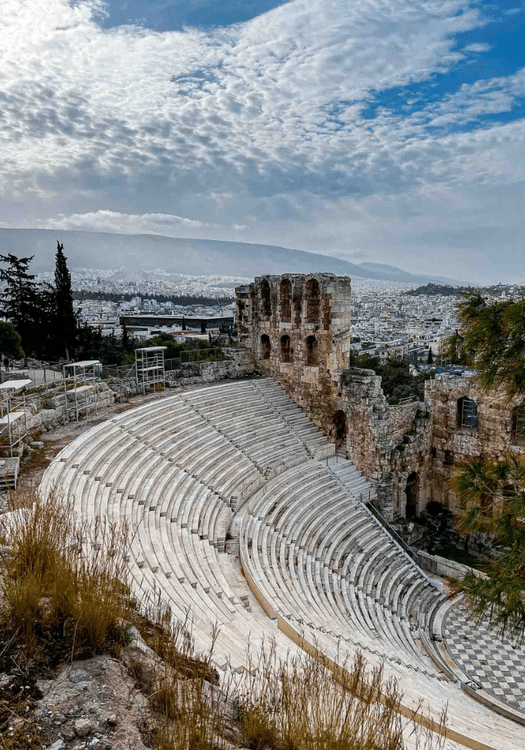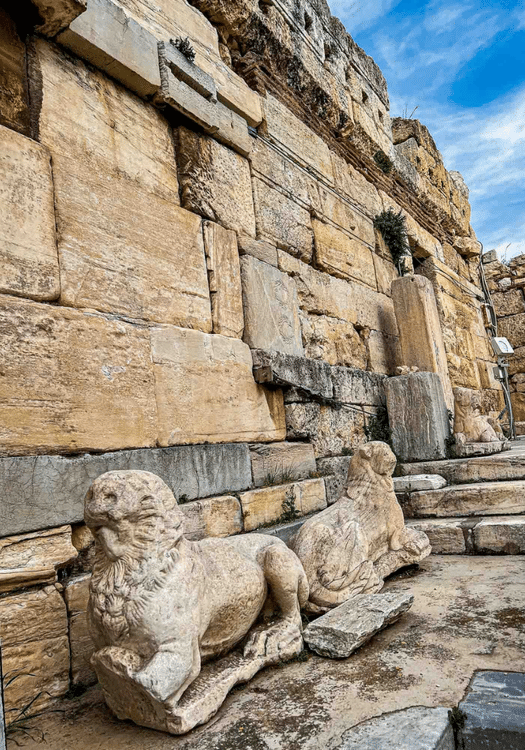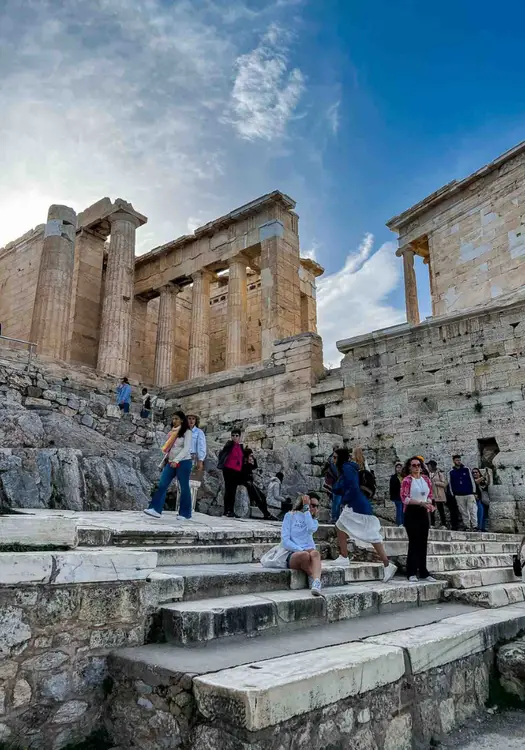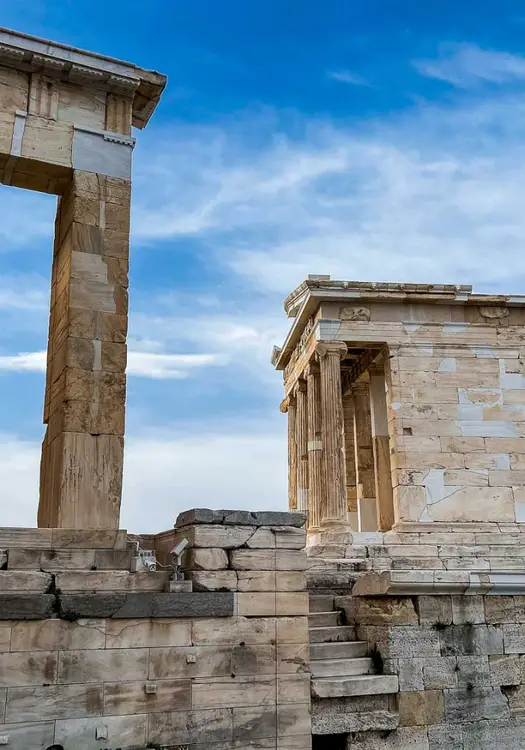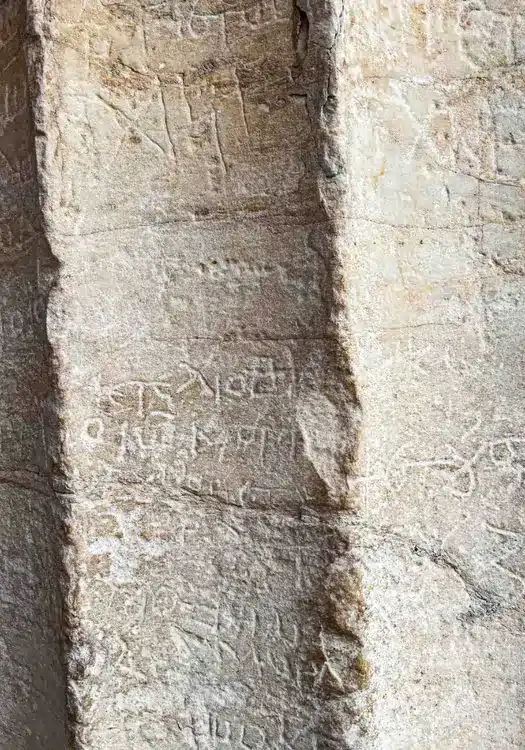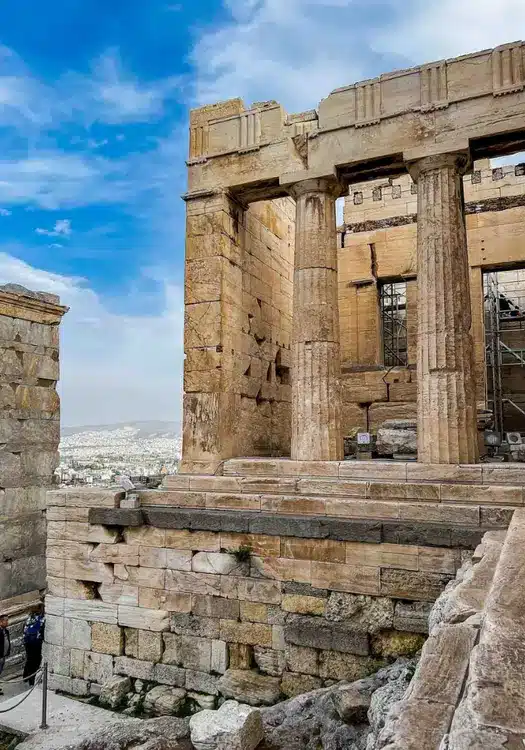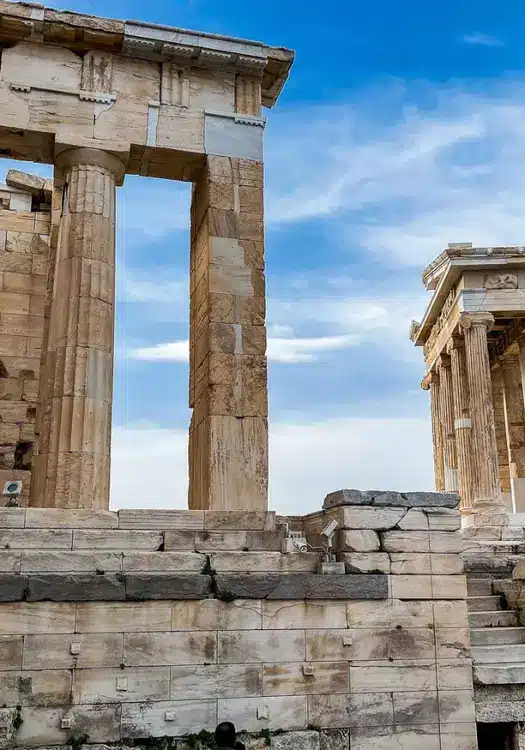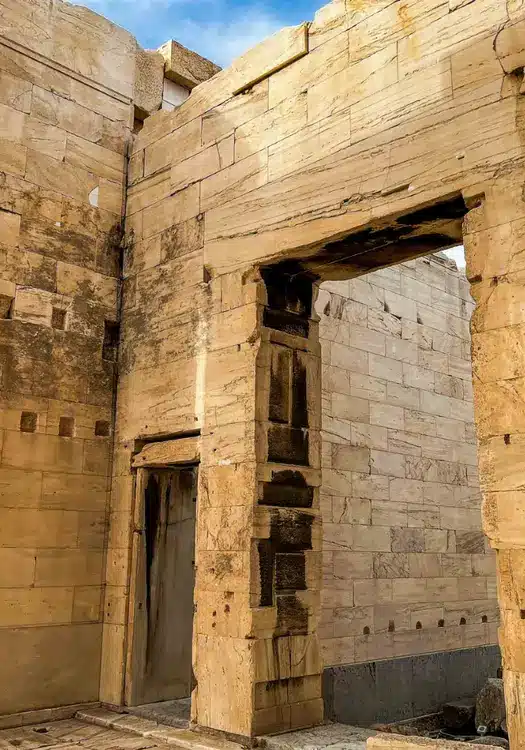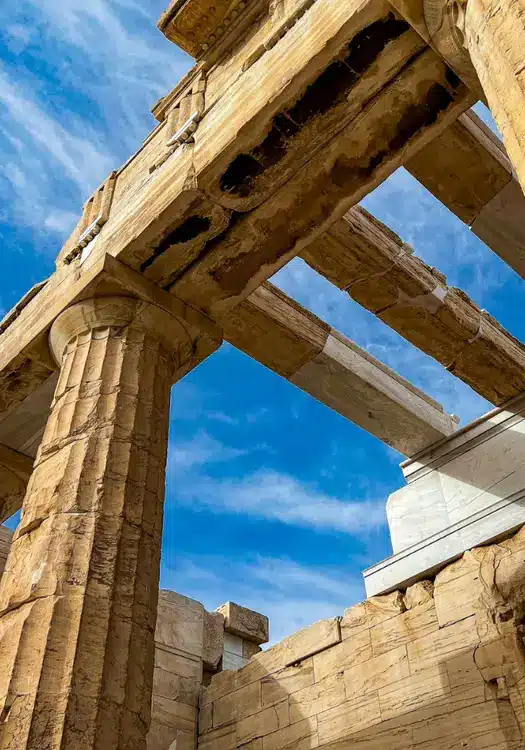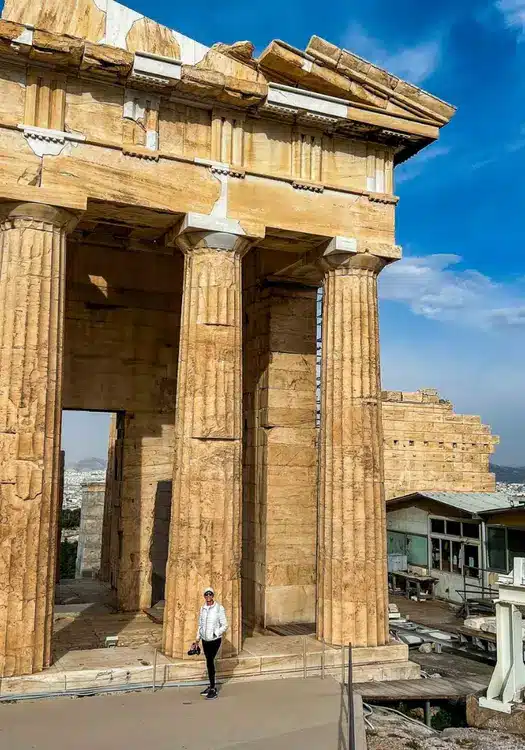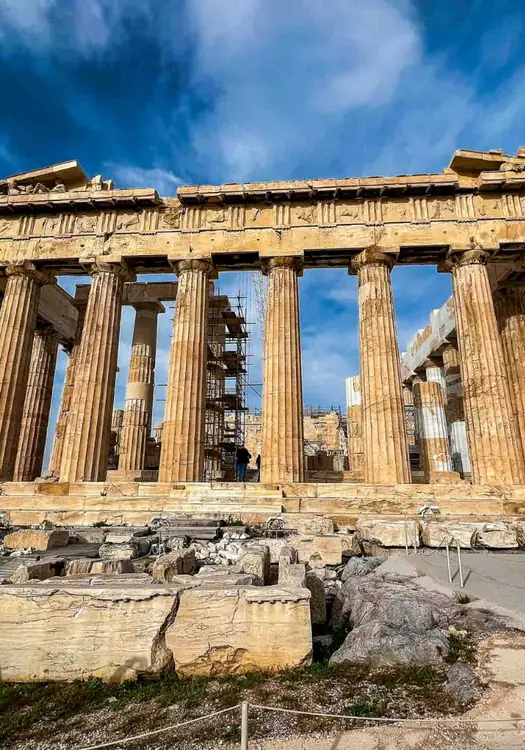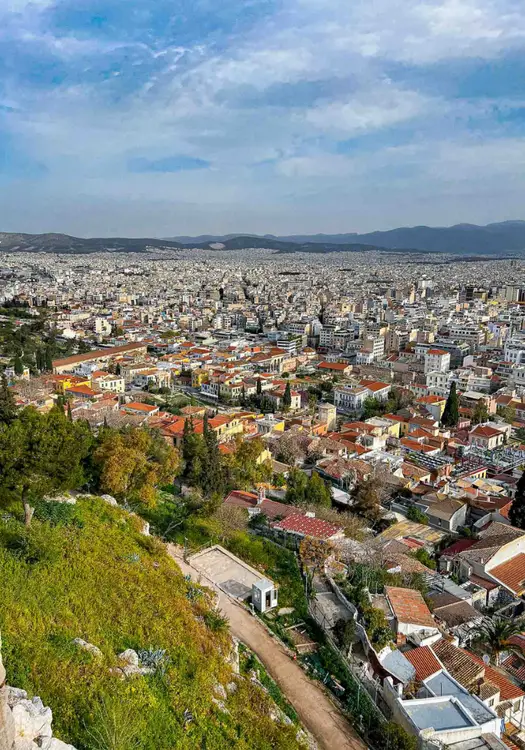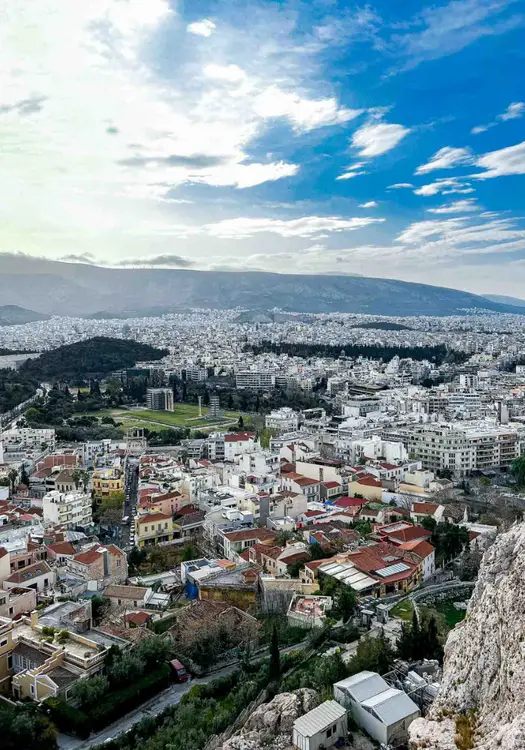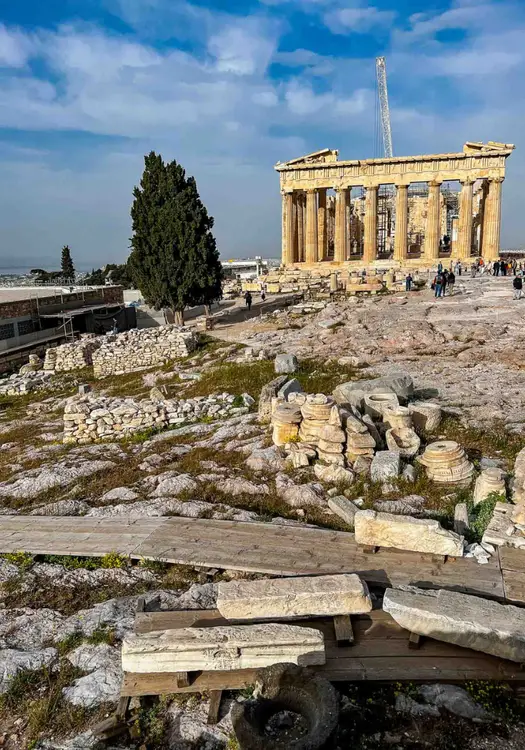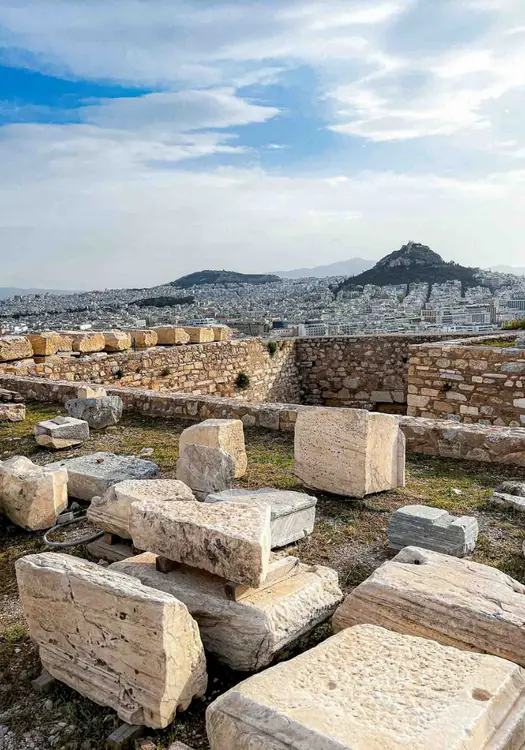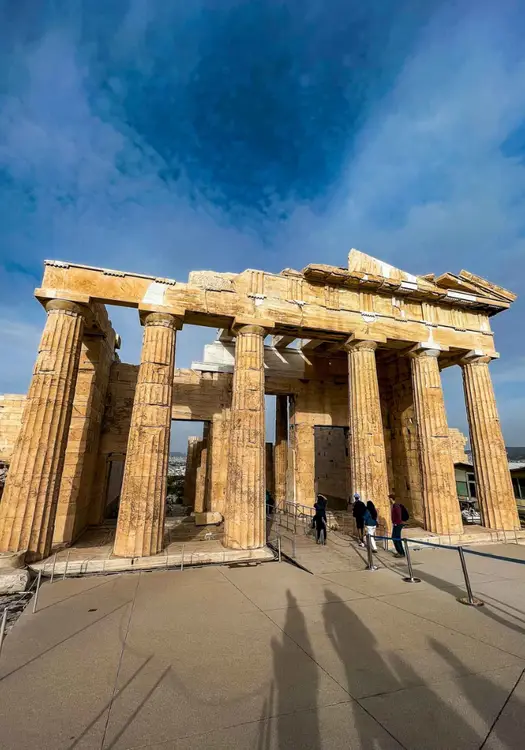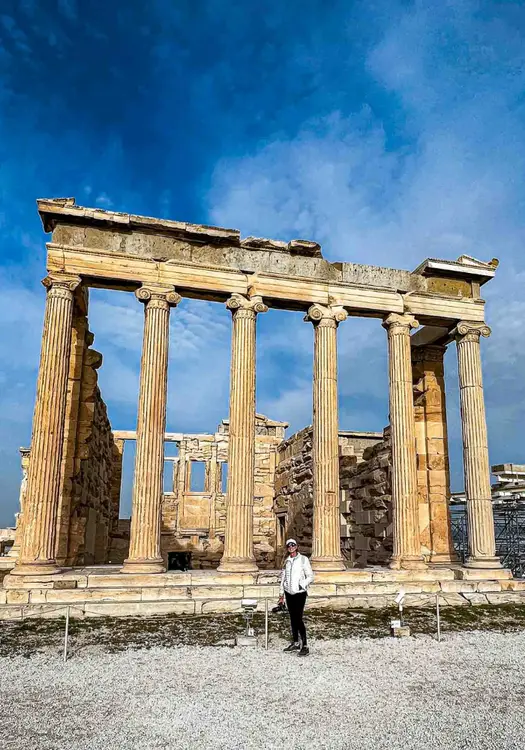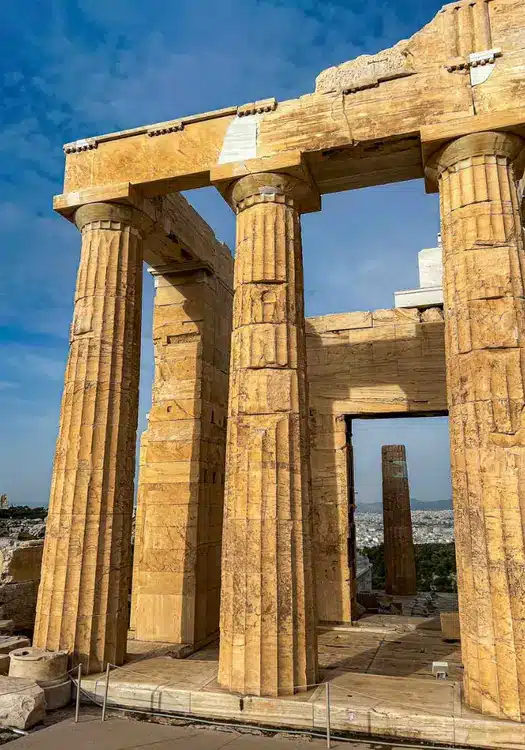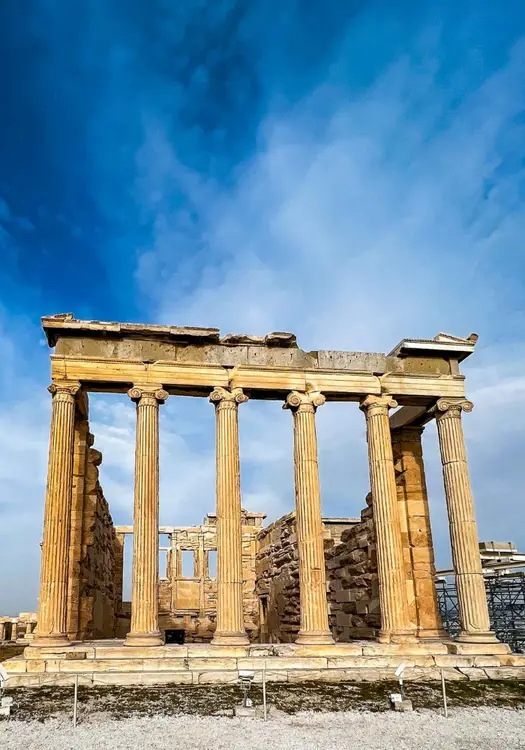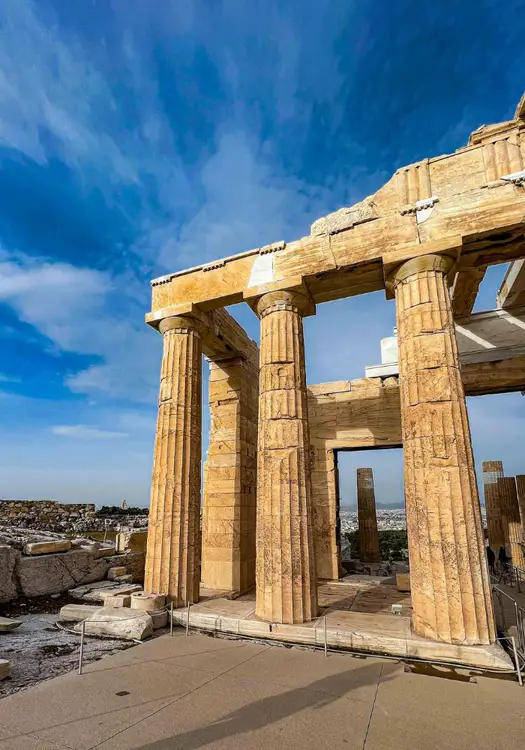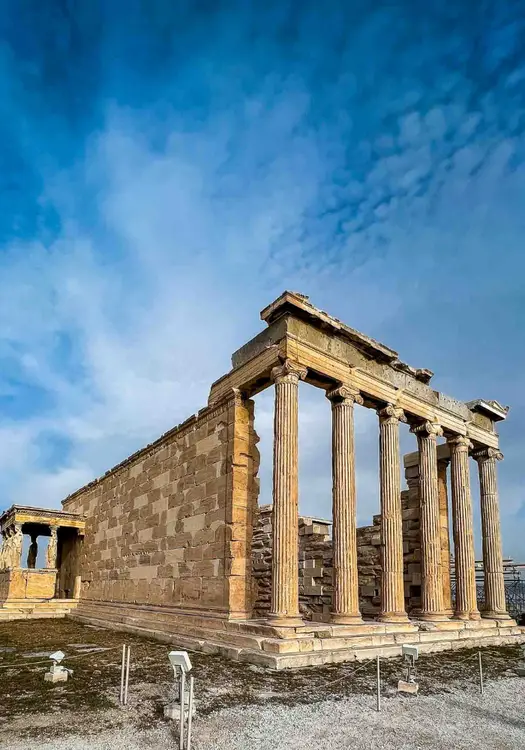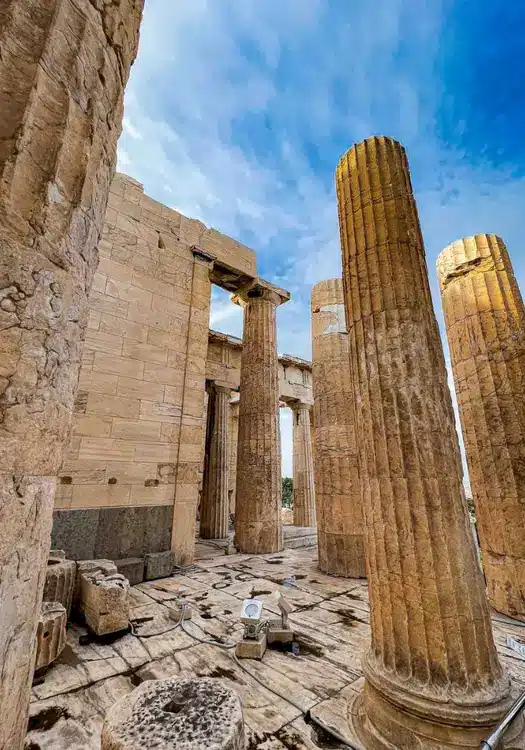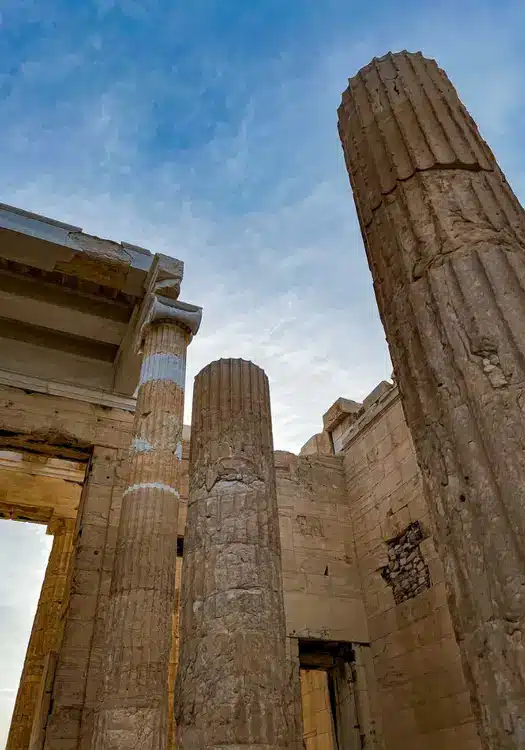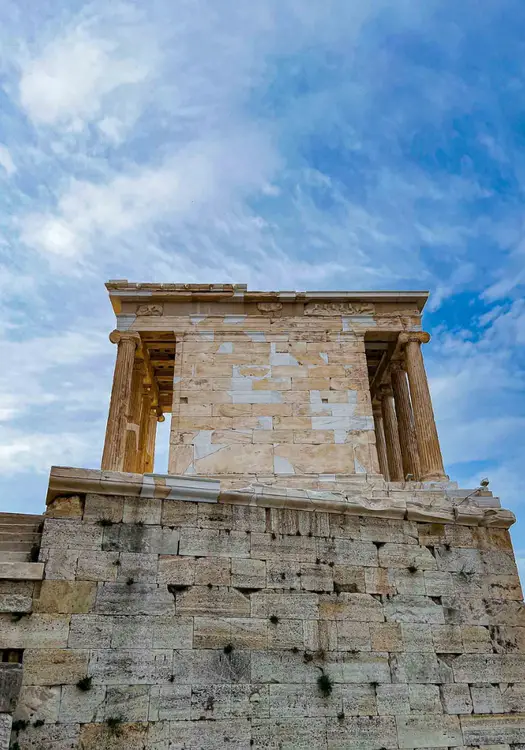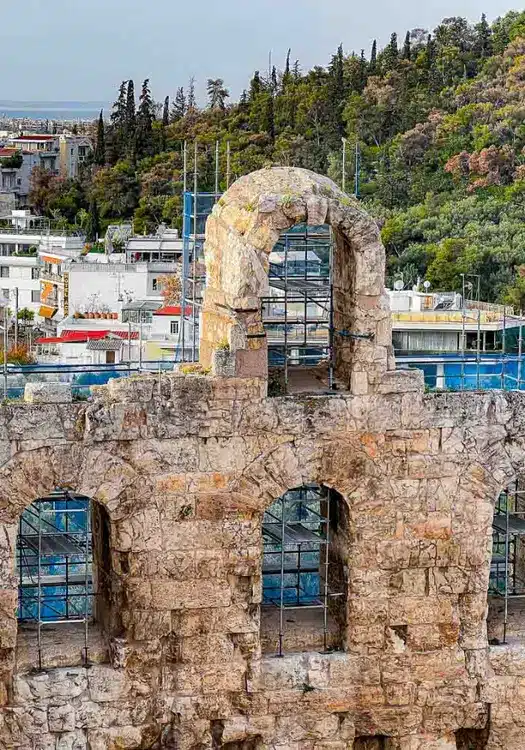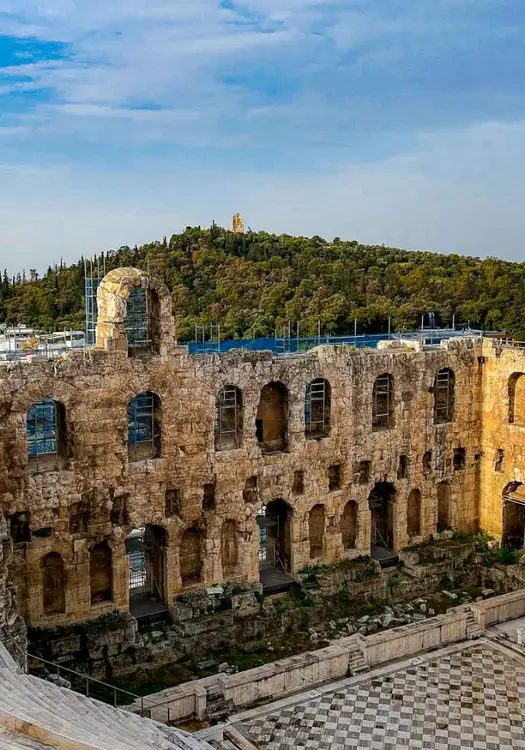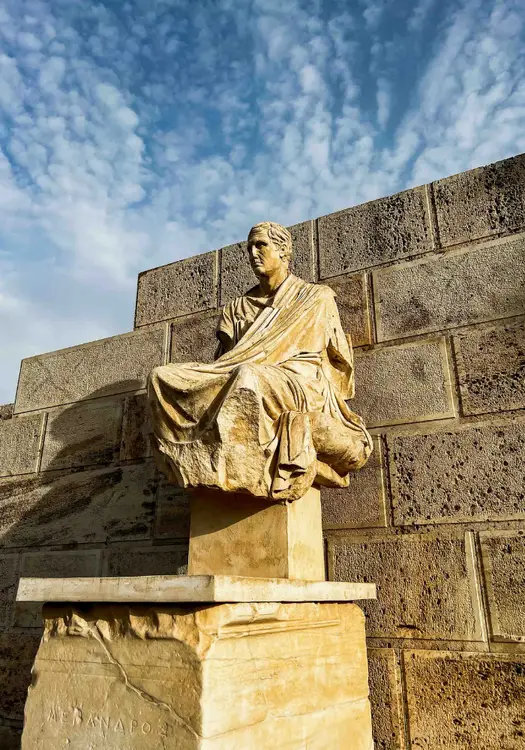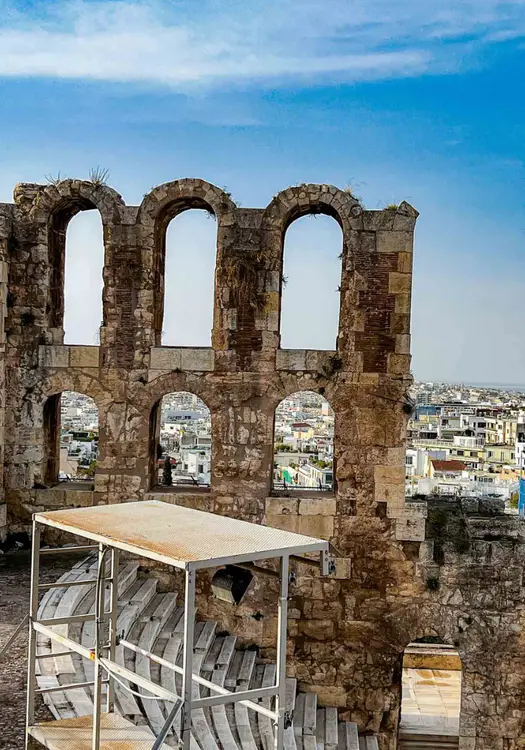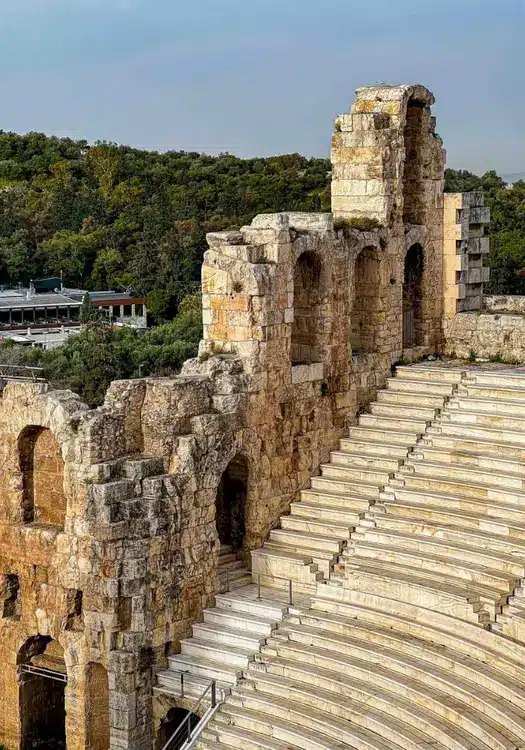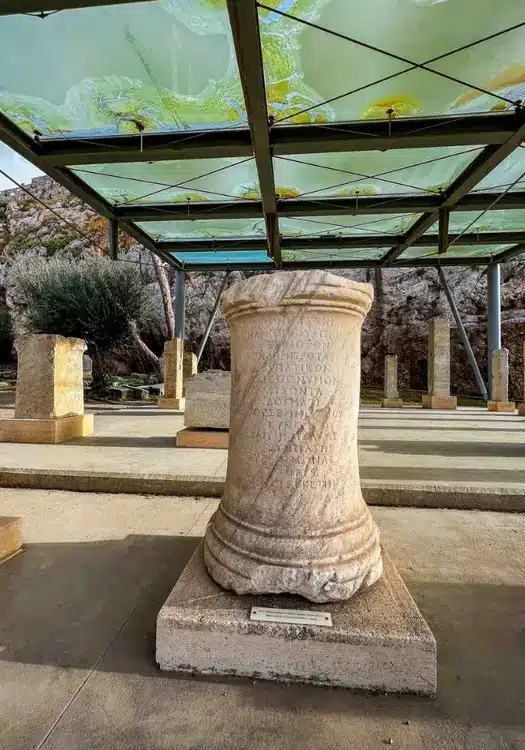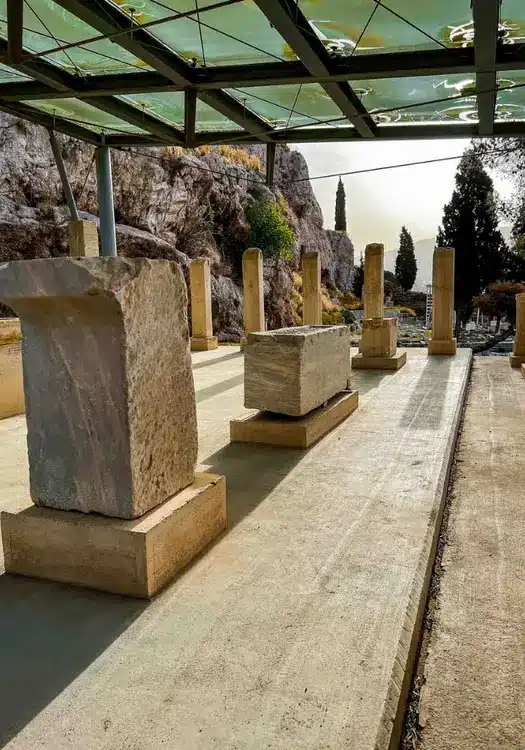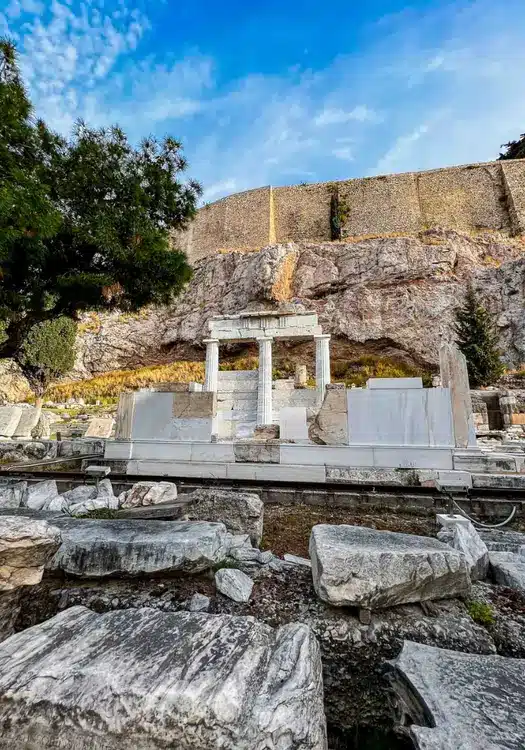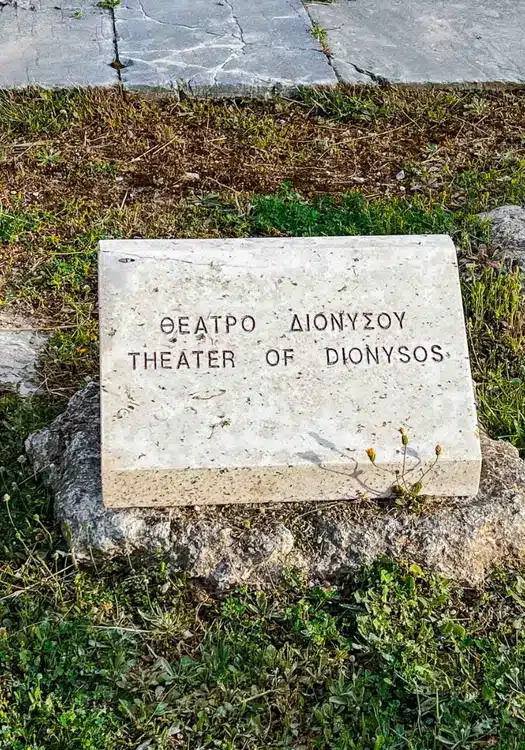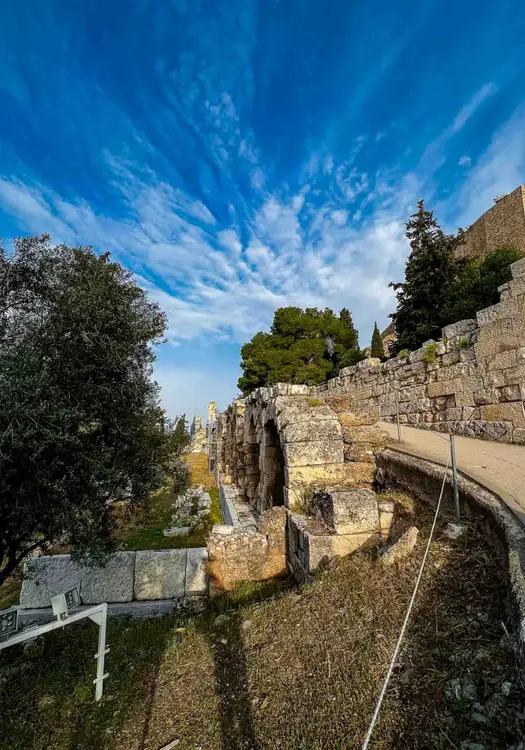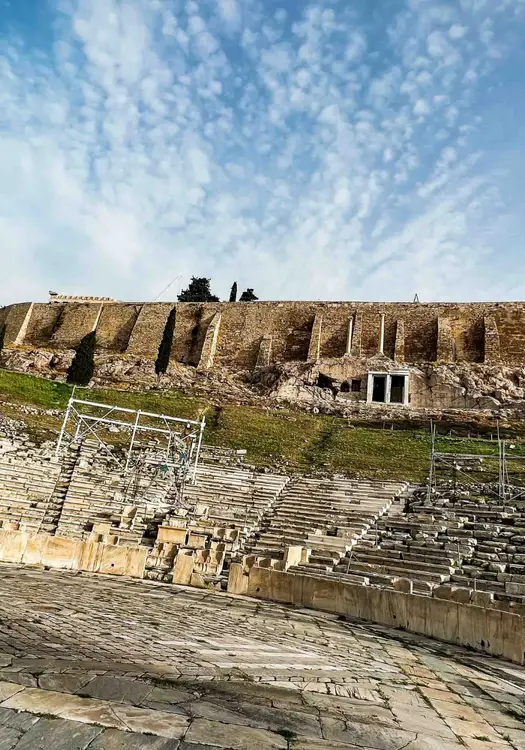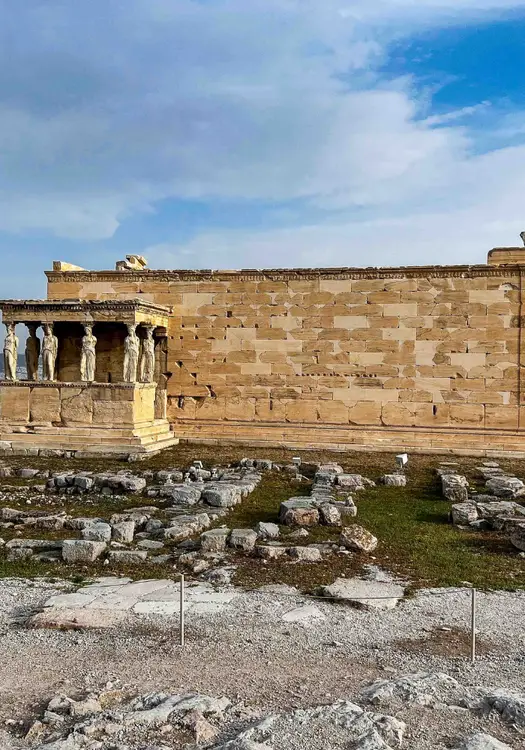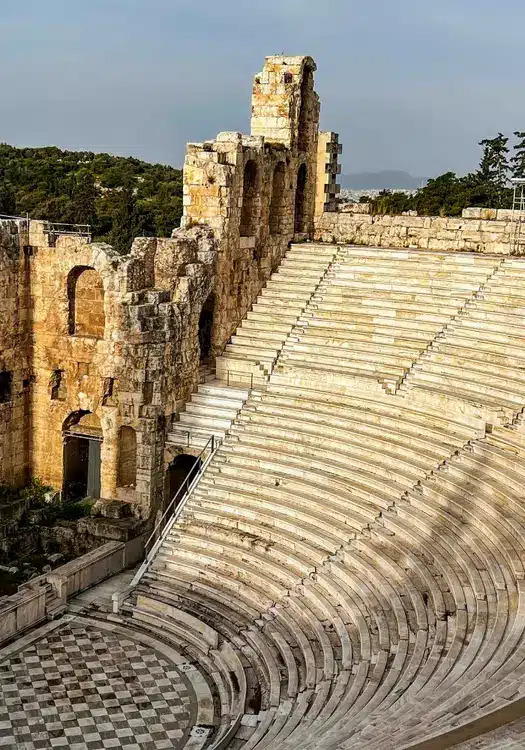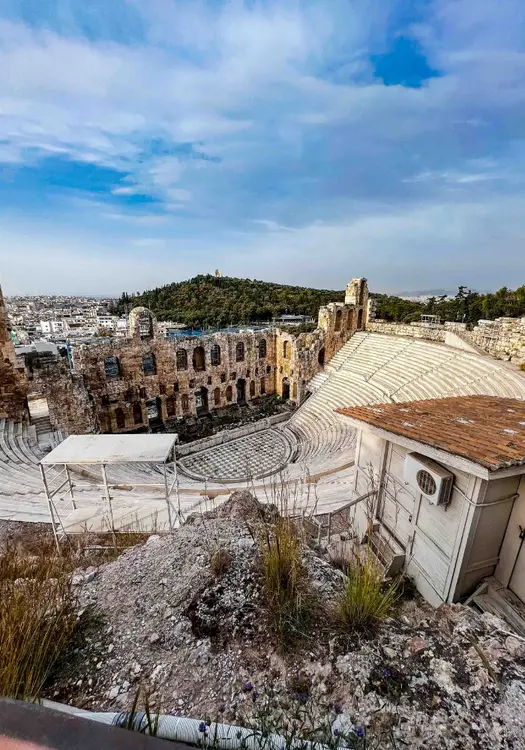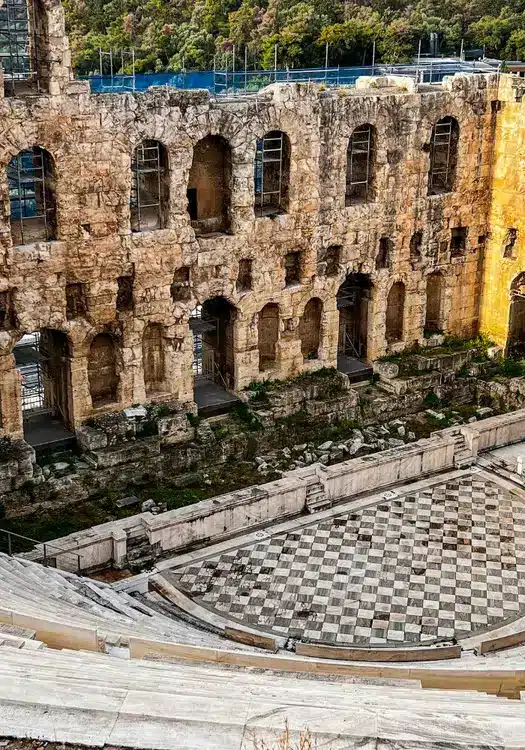Athens, Greece, boasts a Mediterranean climate characterized by hot, dry summers and mild, wet winters. This climate makes it a year-round destination, with each season offering unique experiences for travelers. Here’s a comprehensive breakdown of the weather patterns in Athens by month, covering precipitation, humidity, wind, temperature, water temperature, cloud coverage, rainfall, and tourism rates.
January Weather in Athens, Greece
-Temperature: 10-15°C (50-59°F)
-Precipitation: 50-60mm
-Humidity: High, around 70-80%
-Wind: Moderate, around 10-15 km/h
-Water Temperature: 15°C (59°F)
-Cloud Coverage: Often cloudy, with some sunny days
-Rainfall: Frequent showers
-Tourism Rate: Low, ideal for cultural exploration without crowds
February Weather in Athens, Greece
-Temperature: 10-16°C (50-61°F)
-Precipitation: 40-50mm
-Humidity: High, around 70-75%
-Wind: Moderate, around 10-15 km/h
-Water Temperature: 15°C (59°F)
-Cloud Coverage: Mostly cloudy
-Rainfall: Less frequent than January
-Tourism Rate: Low, quiet, and pleasant for sightseeing
March Weather in Athens, Greece
-Temperature: 12-18°C (54-64°F)
-Precipitation: 30-40mm
-Humidity: Moderate, around 65-70%
-Wind: Mild, around 10-15 km/h
-Water Temperature: 16°C (61°F)
-Cloud Coverage: Increasingly sunny
-Rainfall: Decreasing
-Tourism Rate: Increasing, with mild weather attracting visitors
April Weather in Athens, Greece
-Temperature: 15-22°C (59-72°F)
-Precipitation: 20-30mm
-Humidity: Moderate, around 60-65%
-Wind: Mild, around 10-15 km/h
-Water Temperature: 17°C (63°F)
-Cloud Coverage: Mostly sunny
-Rainfall: Infrequent
-Tourism Rate: Moderate, with Easter bringing more visitors
May Weather in Athens, Greece
-Temperature: 18-26°C (64-79°F)
-Precipitation: 10-20mm
-Humidity: Low to moderate, around 55-60%
-Wind: Mild, around 10-15 km/h
-Water Temperature: 19°C (66°F)
-Cloud Coverage: Mostly sunny
-Rainfall: Rare
-Tourism Rate: High, as warm weather attracts tourists
June Weather in Athens, Greece
-Temperature: 22-30°C (72-86°F)
-Precipitation: 5-10mm
-Humidity: Low, around 50-55%
-Wind: Mild to moderate, around 10-15 km/h
-Water Temperature: 22°C (72°F)
-Cloud Coverage: Sunny
-Rainfall: Rare
-Tourism Rate: High, peak tourist season begins
July Weather in Athens, Greece
-Temperature: 25-34°C (77-93°F)
-Precipitation: 2-5mm
-Humidity: Low, around 45-50%
-Wind: Mild to moderate, around 15-20 km/h
-Water Temperature: 24°C (75°F)
-Cloud Coverage: Clear skies
-Rainfall: Very rare
-Tourism Rate: Very high, peak of tourist season
August Weather in Athens, Greece
-Temperature: 25-34°C (77-93°F)
-Precipitation: 5-10mm
-Humidity: Low, around 45-50%
-Wind: Mild to moderate, around 15-20 km/h
-Water Temperature: 25°C (77°F)
-Cloud Coverage: Clear skies
-Rainfall: Rare
-Tourism Rate: Very high, ideal for beachgoers and festivals
September Weather in Athens, Greece
-Temperature: 22-30°C (72-86°F)
-Precipitation: 10-20mm
-Humidity: Low to moderate, around 50-55%
-Wind: Mild, around 10-15 km/h
-Water Temperature: 24°C (75°F)
-Cloud Coverage: Mostly sunny
-Rainfall: Infrequent
-Tourism Rate: High, with a gradual decrease as the month progresses
October Weather in Athens, Greece
-Temperature: 18-25°C (64-77°F)
-Precipitation: 20-30mm
-Humidity: Moderate, around 60-65%
-Wind: Mild, around 10-15 km/h
-Water Temperature: 22°C (72°F)
-Cloud Coverage: Mostly sunny with occasional clouds
-Rainfall: Increasing towards the end of the month
-Tourism Rate: Moderate, with pleasant weather attracting off-peak travelers
November Weather in Athens, Greece
-Temperature: 14-20°C (57-68°F)
-Precipitation: 40-50mm
-Humidity: High, around 70-75%
-Wind: Mild, around 10-15 km/h
-Water Temperature: 19°C (66°F)
-Cloud Coverage: Partly cloudy to cloudy
-Rainfall: Frequent showers
-Tourism Rate: Low, ideal for exploring cultural sites without crowds
December Weather in Athens, Greece
-Temperature: 10-15°C (50-59°F)
-Precipitation: 50-60mm
-Humidity: High, around 70-80%
-Wind: Moderate, around 10-15 km/h
-Water Temperature: 17°C (63°F)
-Cloud Coverage: Mostly cloudy with some sunny days
-Rainfall: Frequent showers
-Tourism Rate: Low, but festive atmosphere for holidays
The best times to visit Athens are during the spring and fall when the weather is pleasant, and the tourist crowds are more manageable. Whether you’re exploring ancient ruins, enjoying local cuisine, or relaxing by the sea, Athens offers a climate that enhances every experience.
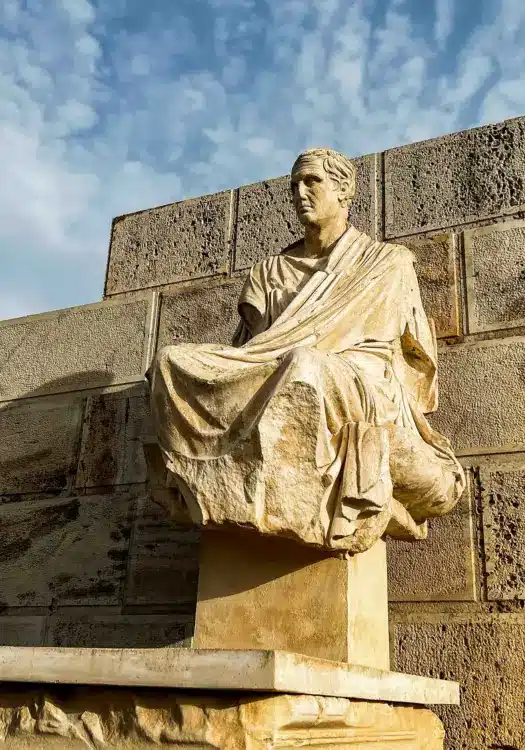
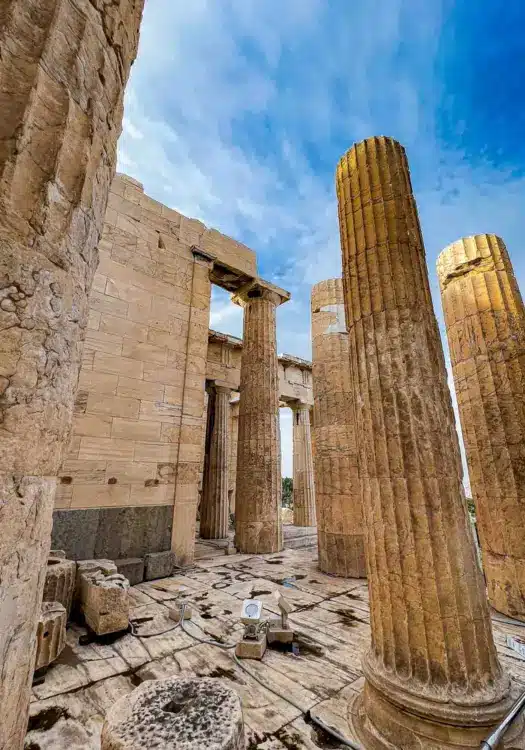
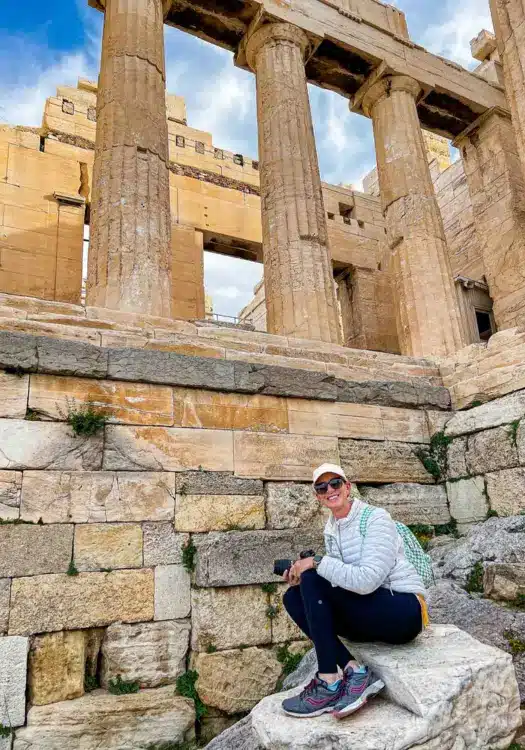

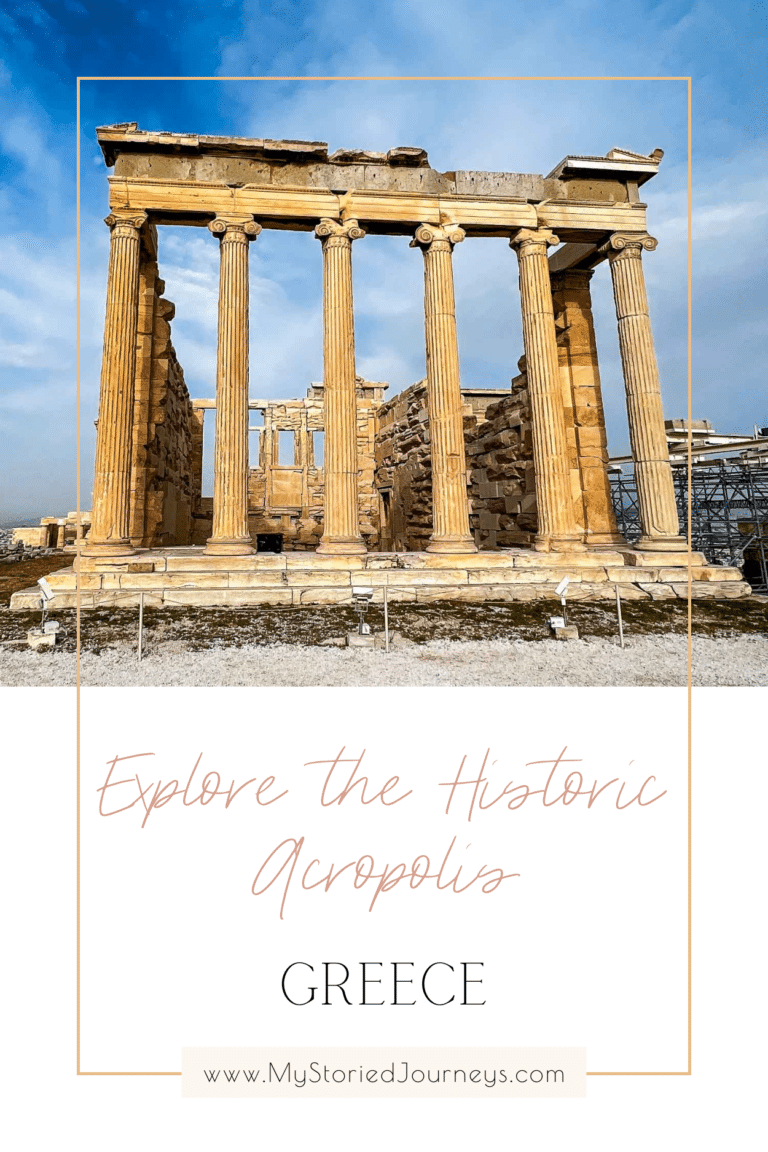
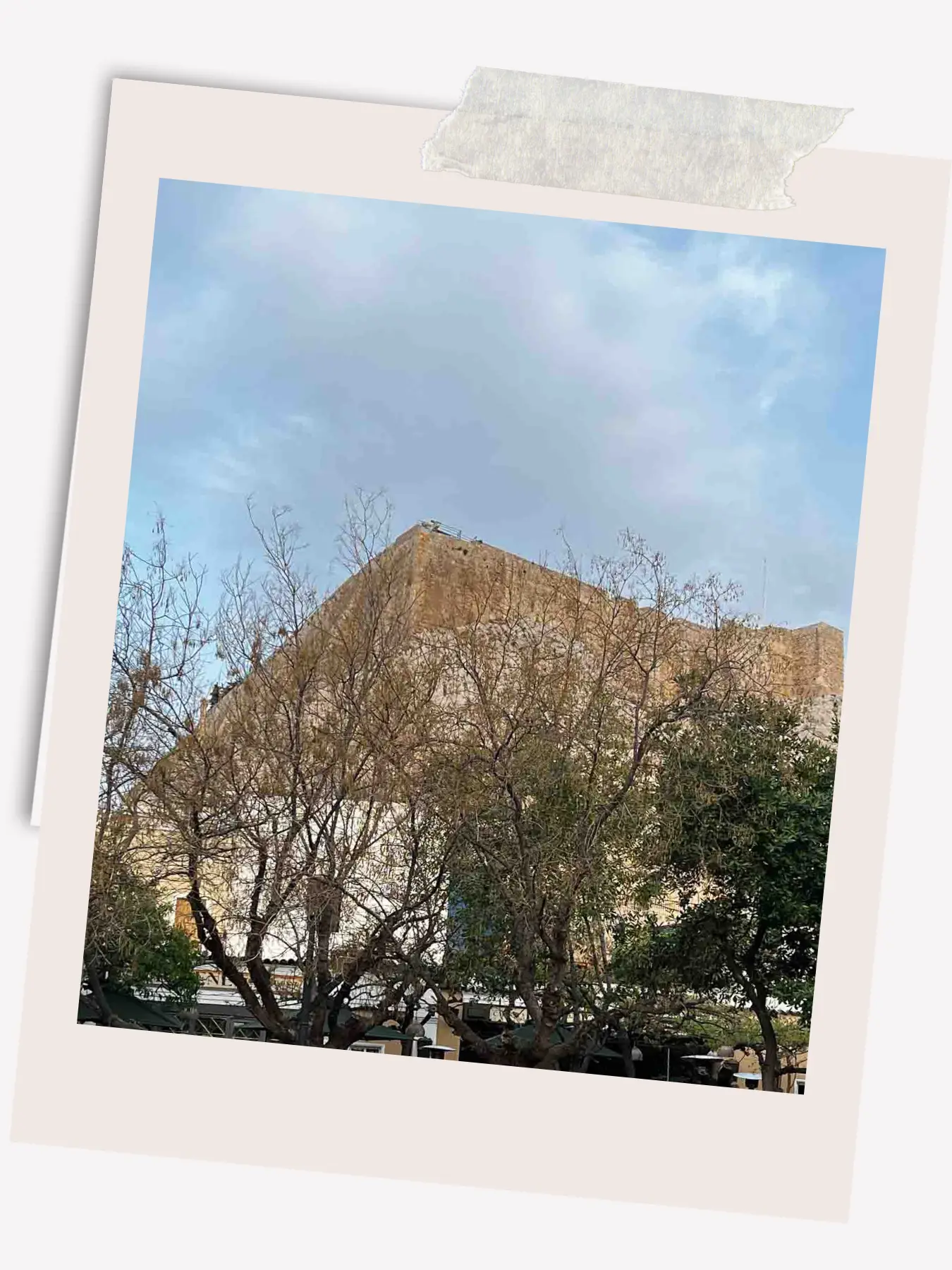 When you visit the Acropolis, you’re not just witnessing a marvel of ancient architecture—you’re exploring a living testament to human history and cultural heritage that is not as well preserved as the Acropolis. When you visit, be prepared to spend the time, read the research, wear the comfortable clothes and take it all in. It is such a once in a lifetime experience (well…for most of us).
When you visit the Acropolis, you’re not just witnessing a marvel of ancient architecture—you’re exploring a living testament to human history and cultural heritage that is not as well preserved as the Acropolis. When you visit, be prepared to spend the time, read the research, wear the comfortable clothes and take it all in. It is such a once in a lifetime experience (well…for most of us).

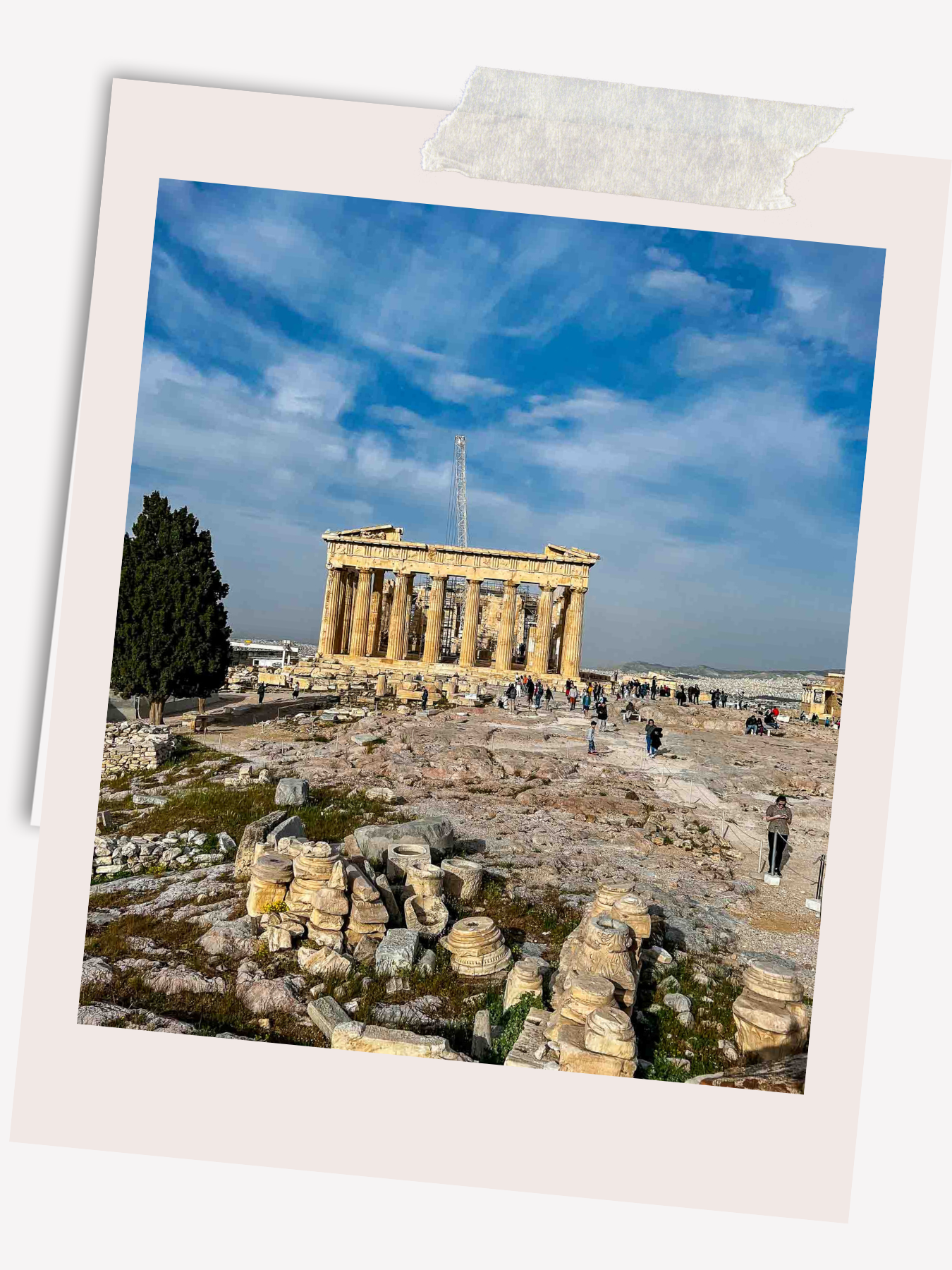
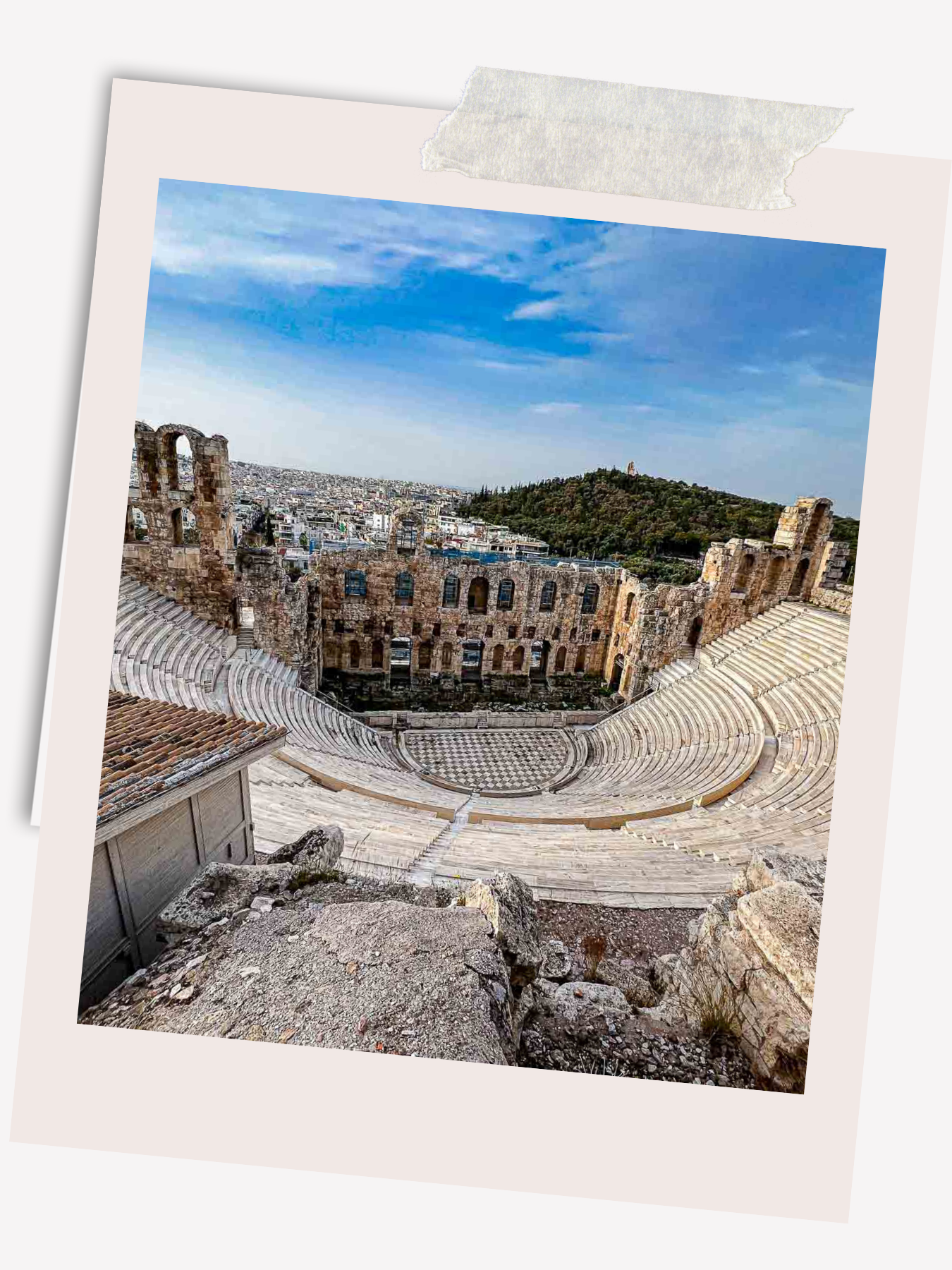 Notable additions included the Odeon of Herodes Atticus, a large stone theater built in 161 CE by the wealthy Roman benefactor Herodes Atticus in memory of his wife. This structure remains one of the best-preserved ancient theaters and continues to host performances today.
Notable additions included the Odeon of Herodes Atticus, a large stone theater built in 161 CE by the wealthy Roman benefactor Herodes Atticus in memory of his wife. This structure remains one of the best-preserved ancient theaters and continues to host performances today.
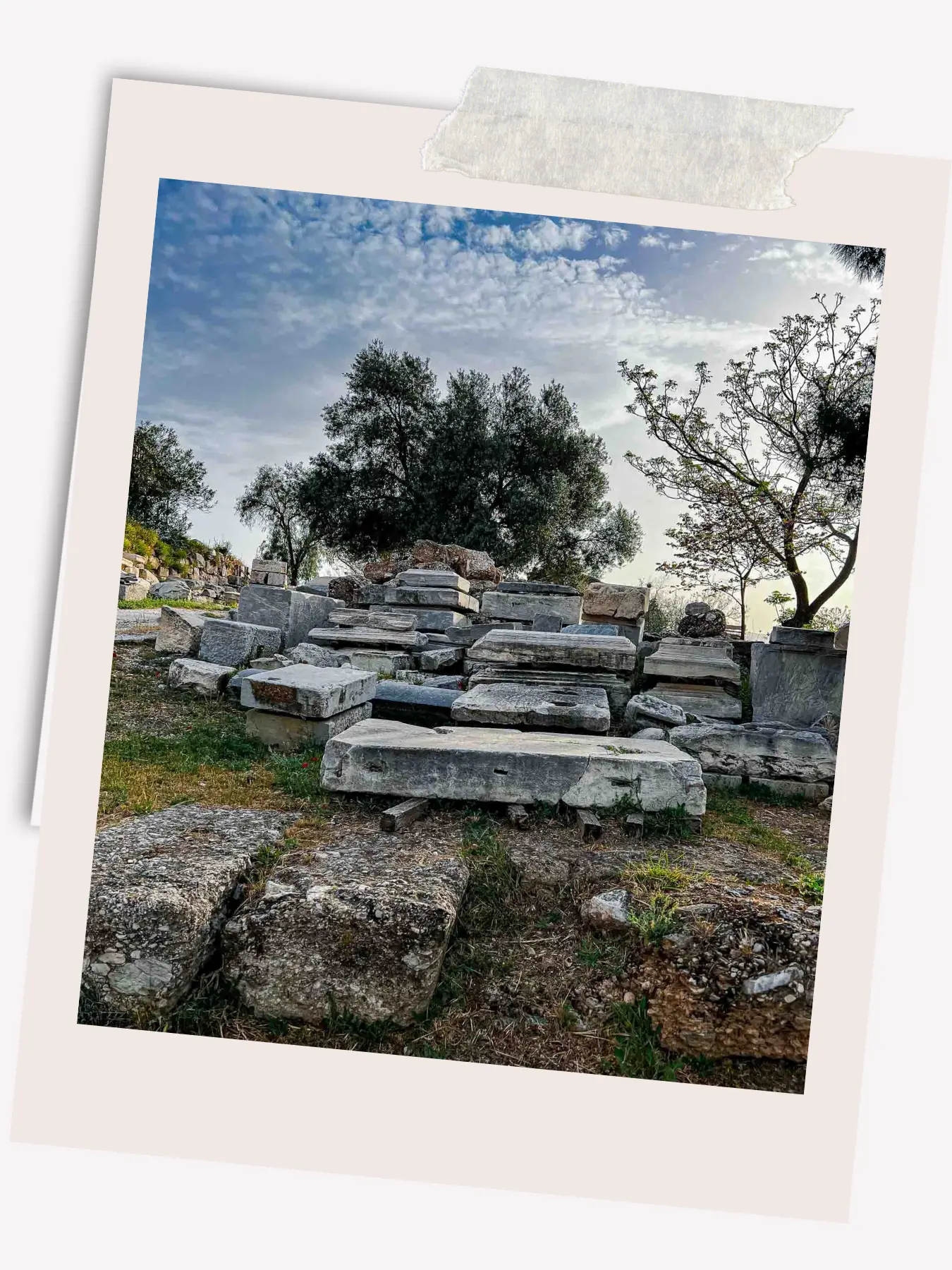 The
The 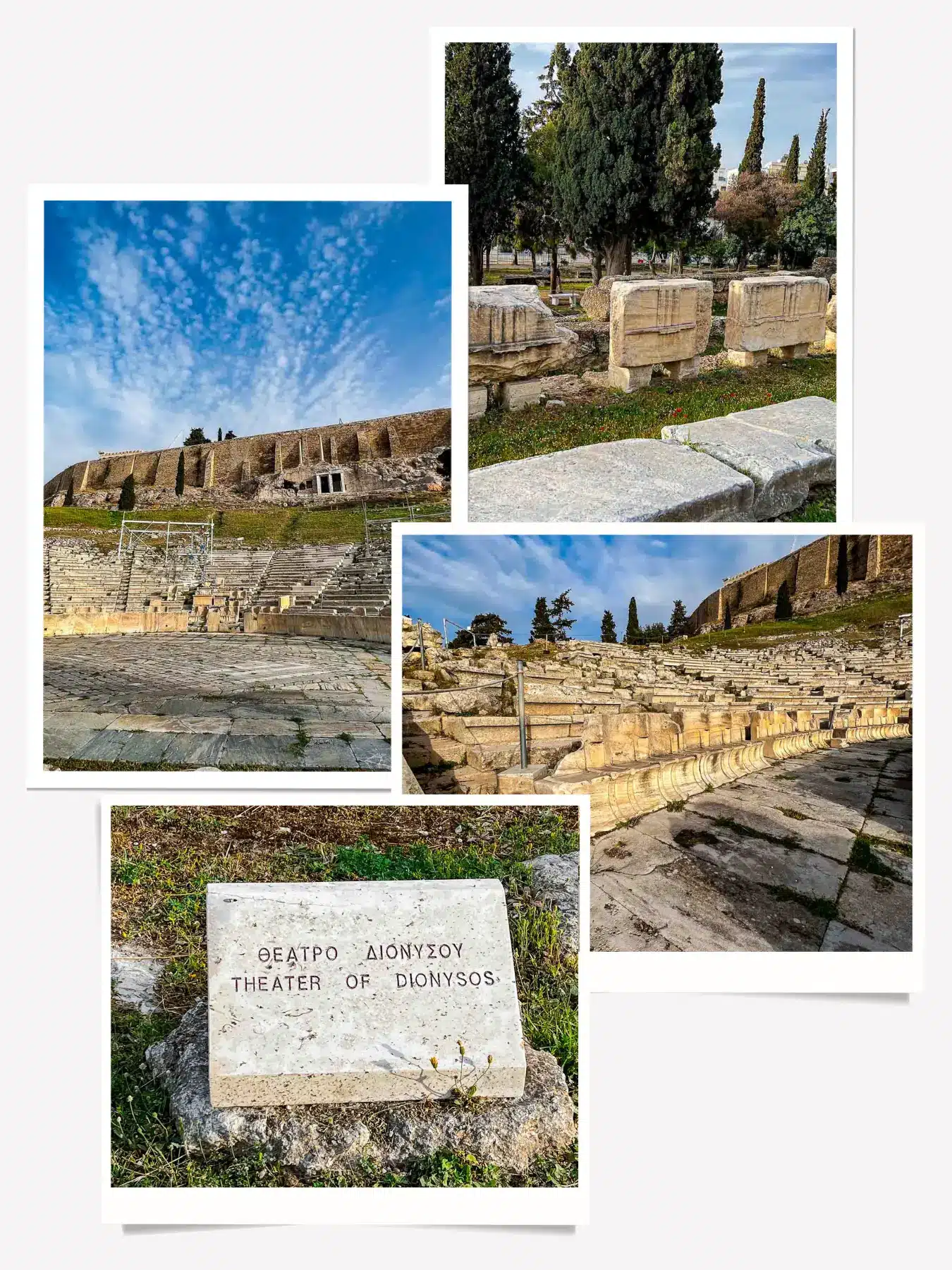 The
The 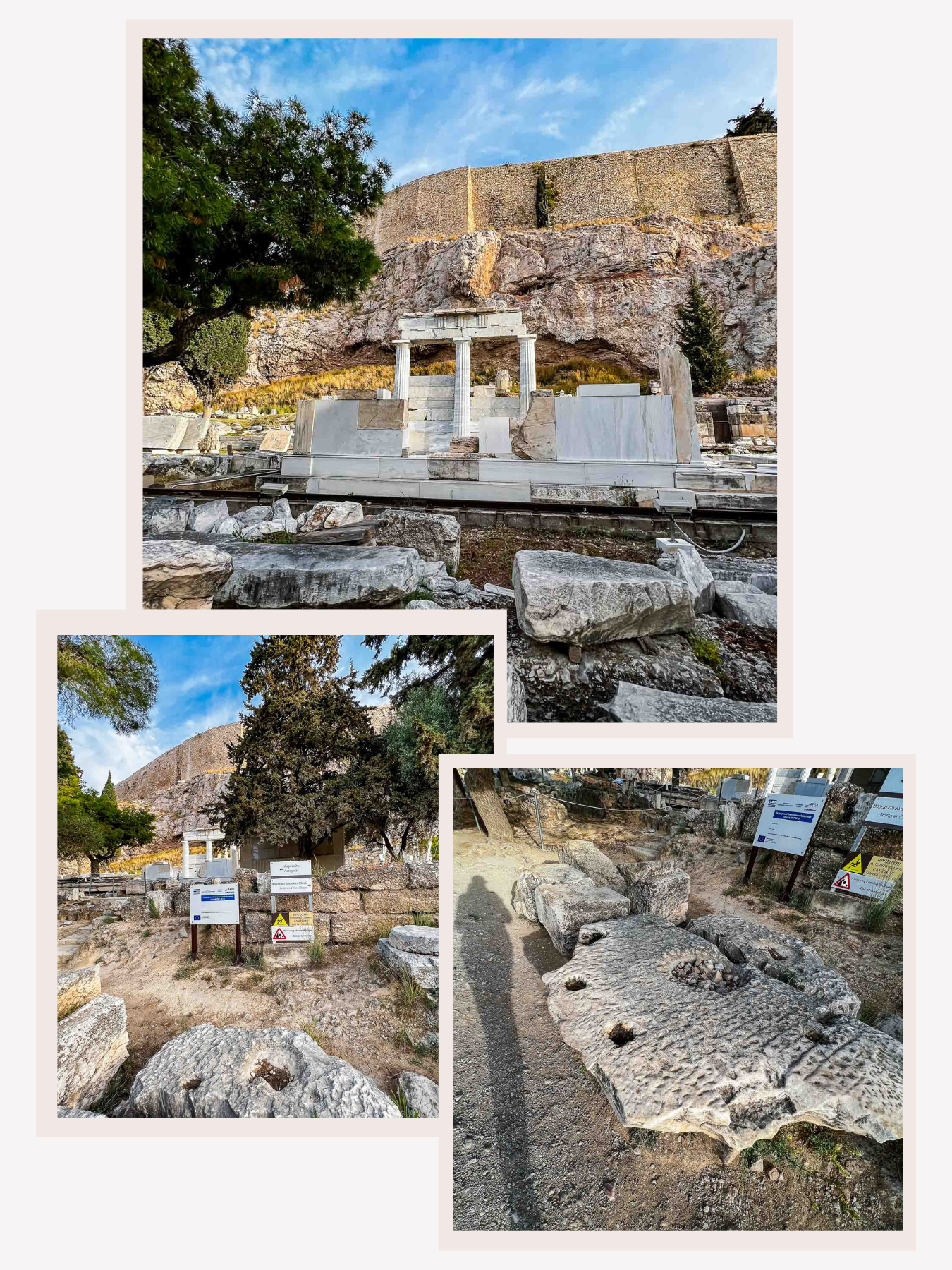 The
The 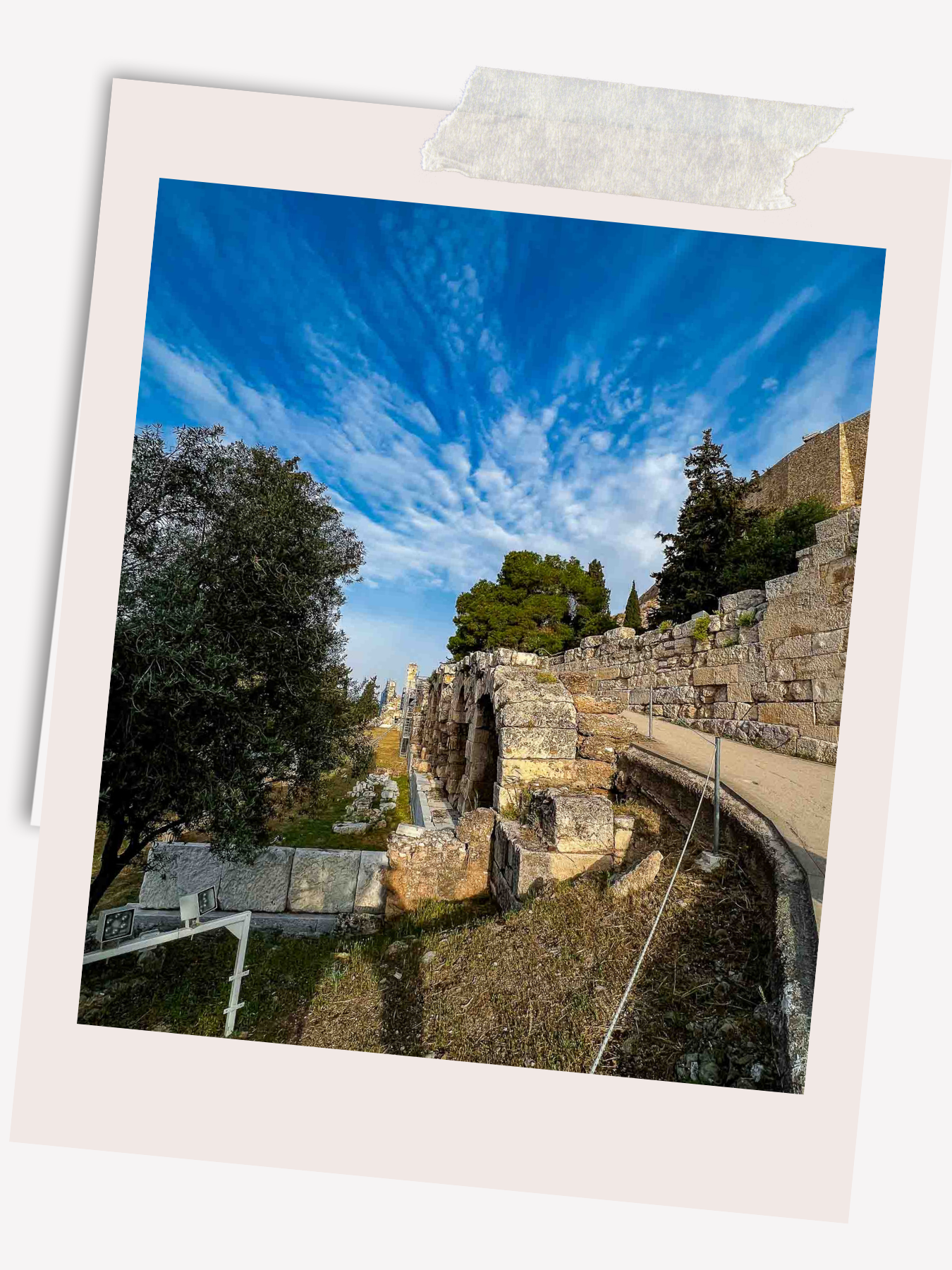 The
The 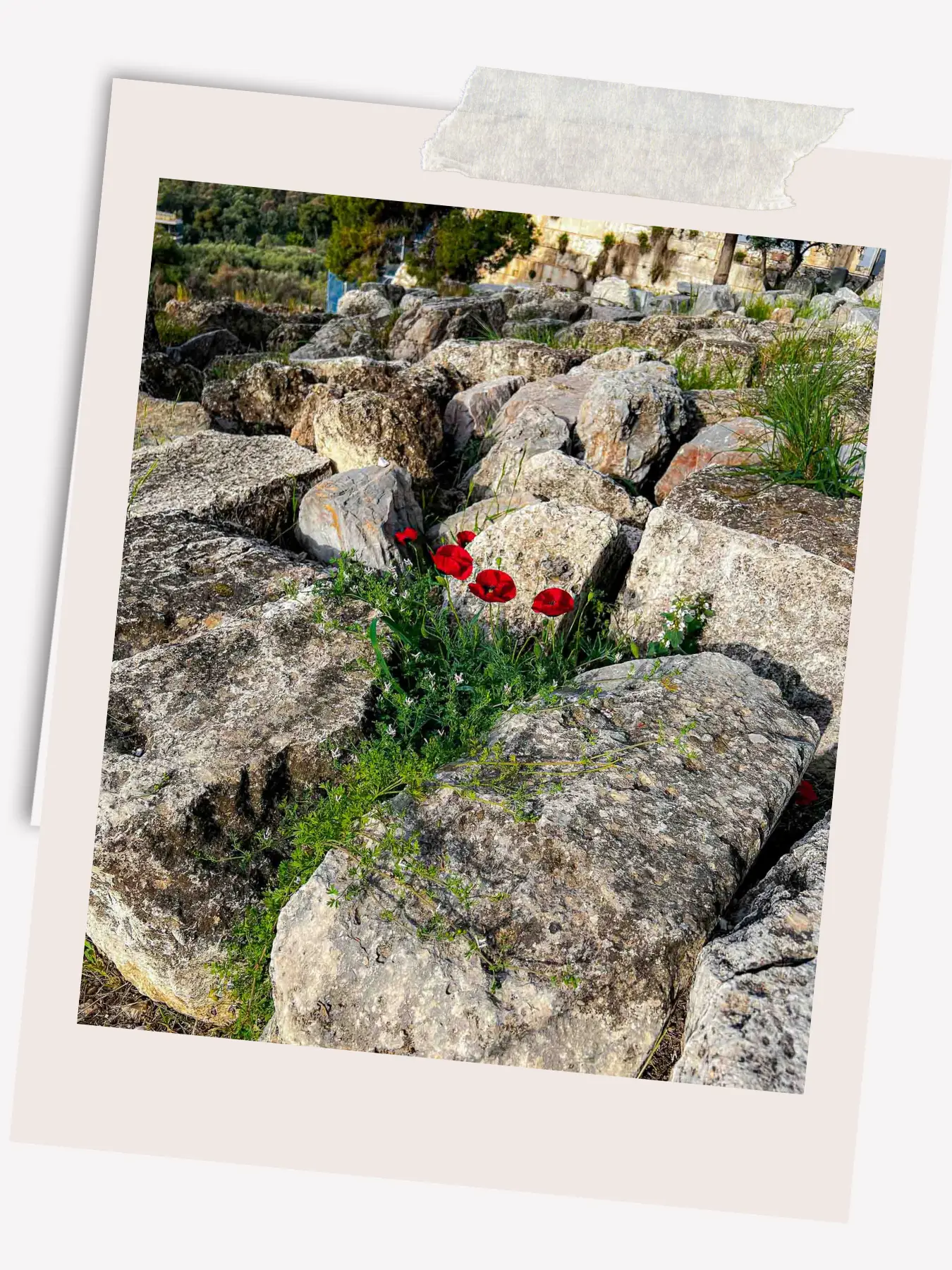 The Eleusinion, located on the Acropolis in Athens, served as a significant religious sanctuary dedicated to the goddesses Demeter and Persephone, central figures in the Eleusinian Mysteries. These mysteries were ancient initiation ceremonies held annually, which promised initiates secret knowledge and blessings, particularly concerning the afterlife. The Eleusinion acted as the Athenian counterpart to the main sanctuary at Eleusis, linking the city to one of the most sacred religious traditions in the ancient Greek world. This site was where the sacred objects associated with the mysteries were kept and prepared before being transported to Eleusis for the grand rituals.
The Eleusinion, located on the Acropolis in Athens, served as a significant religious sanctuary dedicated to the goddesses Demeter and Persephone, central figures in the Eleusinian Mysteries. These mysteries were ancient initiation ceremonies held annually, which promised initiates secret knowledge and blessings, particularly concerning the afterlife. The Eleusinion acted as the Athenian counterpart to the main sanctuary at Eleusis, linking the city to one of the most sacred religious traditions in the ancient Greek world. This site was where the sacred objects associated with the mysteries were kept and prepared before being transported to Eleusis for the grand rituals. 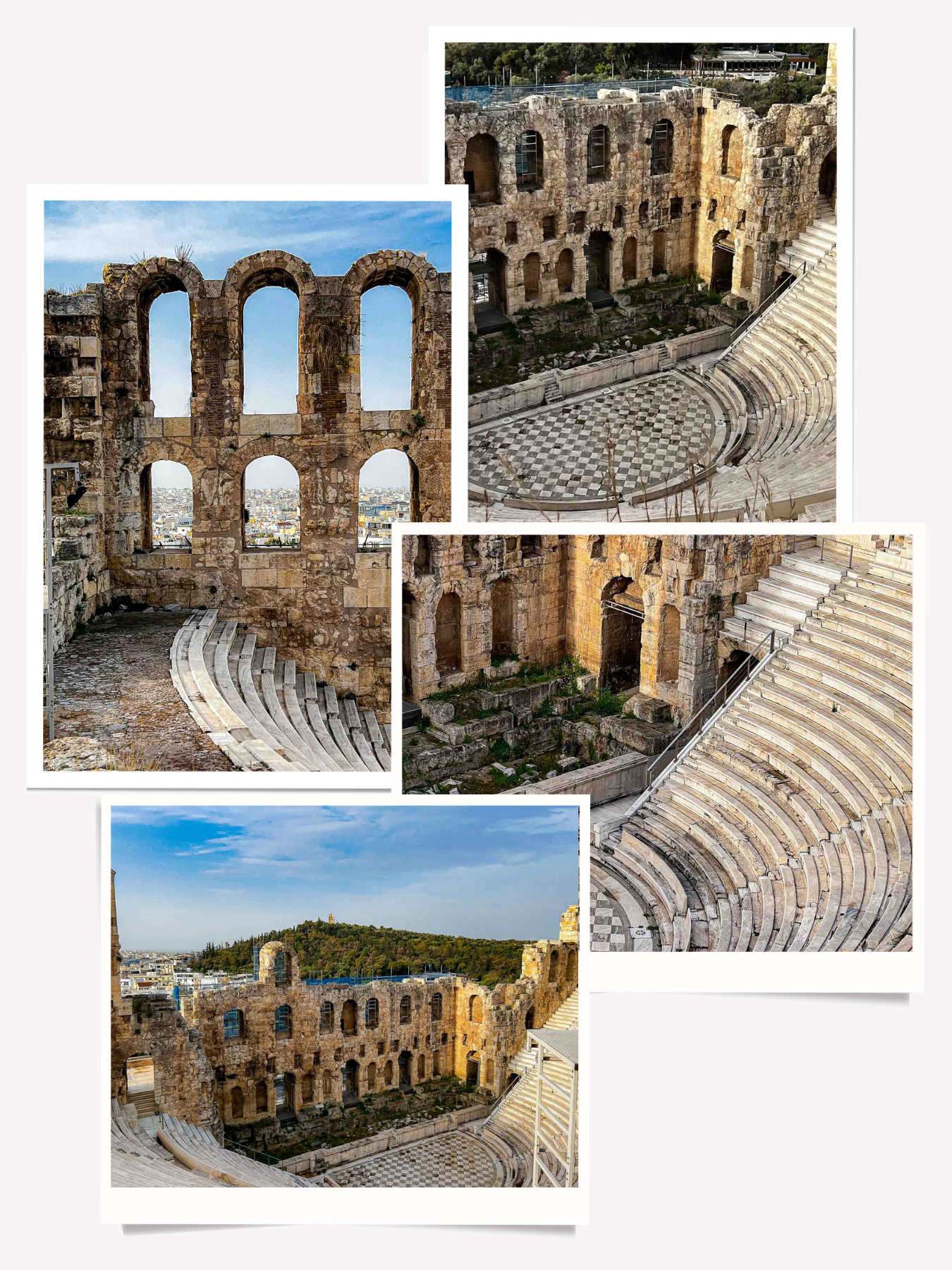 The
The  The Beulé Gate, constructed in the 3rd century AD, the gate was named after the French archaeologist Charles-Ernest Beulé, who discovered it in the 19th century. This Roman-era gateway, originally part of the fortifications built to protect the Acropolis, marks the transition from the bustling lower city to the sacred heights of the Acropolis. The gate’s imposing structure, featuring two large towers and a central arch, is a testament to the architectural and engineering prowess of the Romans. Today, the Beulé Gate serves as a picturesque entrance for visitors exploring the Acropolis.
The Beulé Gate, constructed in the 3rd century AD, the gate was named after the French archaeologist Charles-Ernest Beulé, who discovered it in the 19th century. This Roman-era gateway, originally part of the fortifications built to protect the Acropolis, marks the transition from the bustling lower city to the sacred heights of the Acropolis. The gate’s imposing structure, featuring two large towers and a central arch, is a testament to the architectural and engineering prowess of the Romans. Today, the Beulé Gate serves as a picturesque entrance for visitors exploring the Acropolis. Perched gracefully on the Acropolis’s southwest bastion, the
Perched gracefully on the Acropolis’s southwest bastion, the 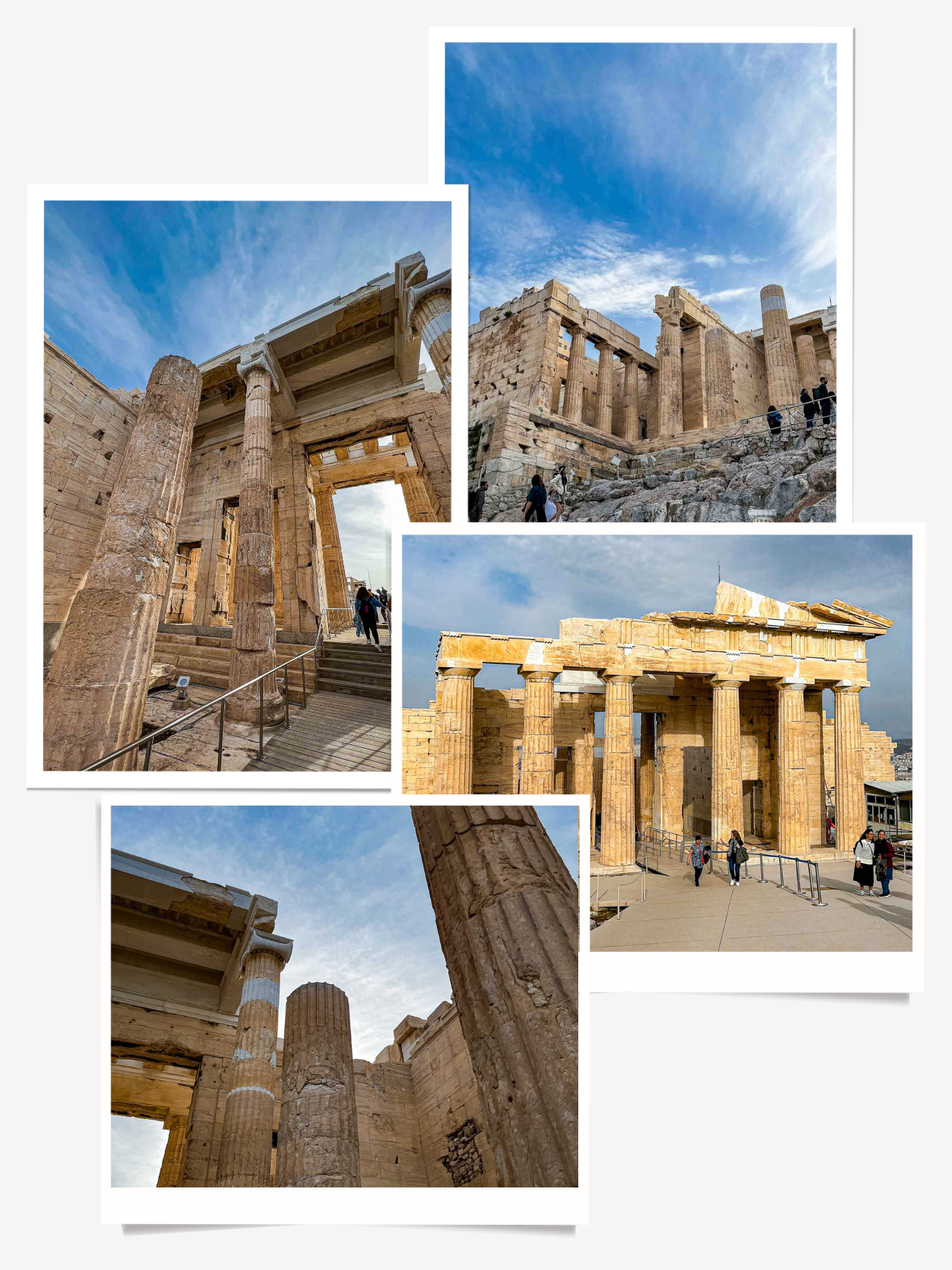 The
The  The Temple of Rome and Augustus on the Acropolis in Athens is a fascinating relic of the city’s Roman period, reflecting the fusion of Greek and Roman cultures. Built in the early 1st century CE, this small yet significant temple was dedicated to the goddess Roma and the Emperor Augustus, symbolizing Athens’ integration into the Roman Empire and the city’s acknowledgment of Roman authority. The temple’s architectural design combines Roman structural elements with Greek decorative features, featuring a simple rectangular layout with Corinthian columns. Positioned to the east of the Parthenon, the temple’s location underscores the symbolic connection between the Roman rulers and Athens’ glorious classical heritage. Visiting this site offers a unique perspective on the Acropolis, highlighting a period of cultural convergence and political transition in ancient Athens.
The Temple of Rome and Augustus on the Acropolis in Athens is a fascinating relic of the city’s Roman period, reflecting the fusion of Greek and Roman cultures. Built in the early 1st century CE, this small yet significant temple was dedicated to the goddess Roma and the Emperor Augustus, symbolizing Athens’ integration into the Roman Empire and the city’s acknowledgment of Roman authority. The temple’s architectural design combines Roman structural elements with Greek decorative features, featuring a simple rectangular layout with Corinthian columns. Positioned to the east of the Parthenon, the temple’s location underscores the symbolic connection between the Roman rulers and Athens’ glorious classical heritage. Visiting this site offers a unique perspective on the Acropolis, highlighting a period of cultural convergence and political transition in ancient Athens.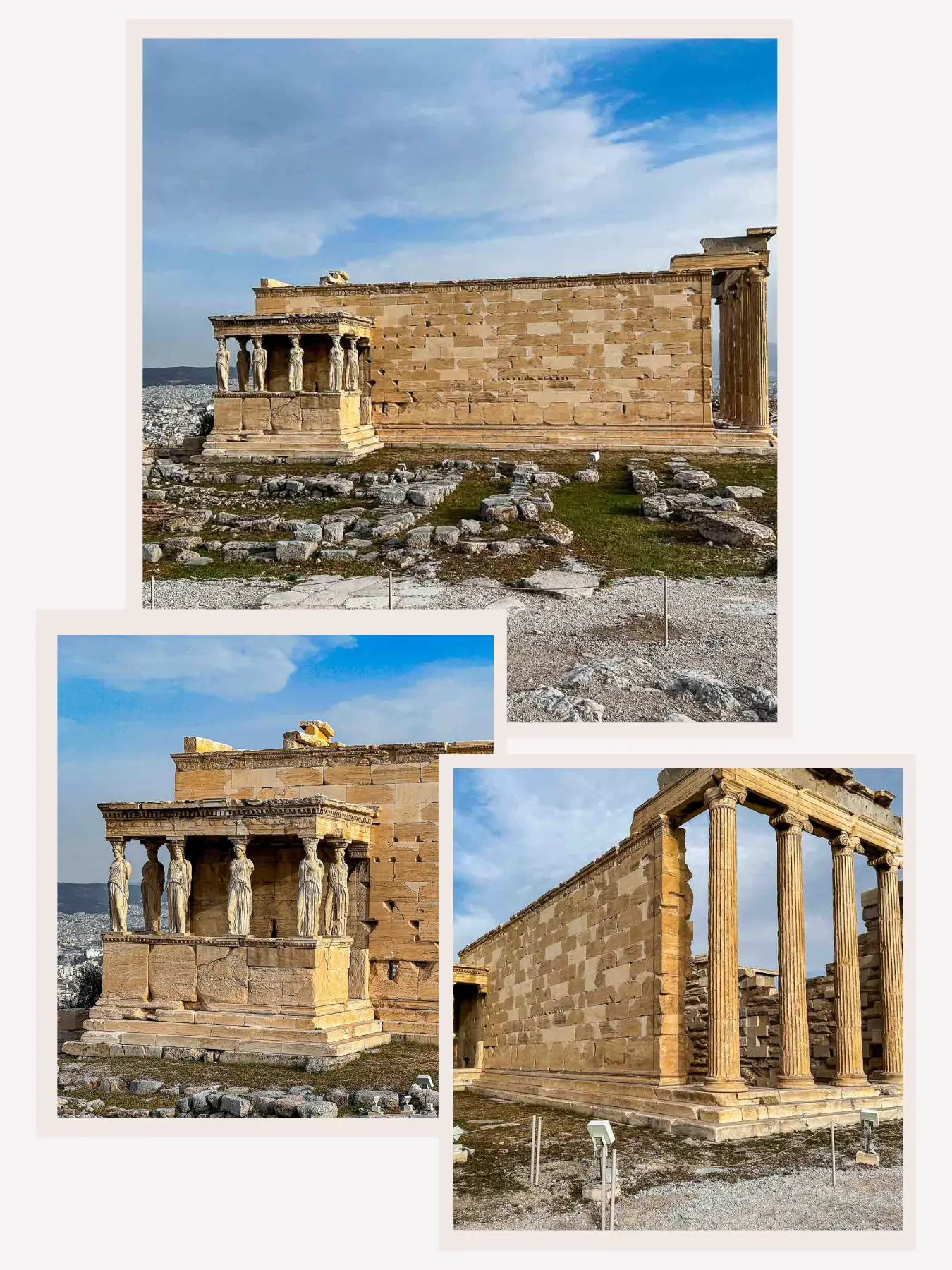 The Erechtheum, perched on the northern side of the Acropolis in Athens, is one of the most architecturally complex and historically significant temples in Greece. Constructed between 421 and 406 BCE, this unique temple is dedicated to both Athena and Poseidon, reflecting Athens’ rich mythological heritage. The Erechtheum is renowned for its asymmetrical design, a result of accommodating various sacred sites within its precincts, including the sacred olive tree of Athena and the saltwater spring of Poseidon. Its most iconic feature is the Porch of the Caryatids, where six elegant maiden figures serve as columns, supporting the entablature with their heads adorned with intricate hairstyles. These sculpted women not only showcase the artistry of classical Greece but also symbolize the reverence for divine and ancestral heritage. The Erechtheum’s diverse architectural elements and its deep connection to Athenian myths make it a fascinating stop for visitors exploring the Acropolis, offering a glimpse into the city’s spiritual and cultural landscape. This temple stands as a testament to the blend of religion, politics, and artistry that characterized ancient Athens.
The Erechtheum, perched on the northern side of the Acropolis in Athens, is one of the most architecturally complex and historically significant temples in Greece. Constructed between 421 and 406 BCE, this unique temple is dedicated to both Athena and Poseidon, reflecting Athens’ rich mythological heritage. The Erechtheum is renowned for its asymmetrical design, a result of accommodating various sacred sites within its precincts, including the sacred olive tree of Athena and the saltwater spring of Poseidon. Its most iconic feature is the Porch of the Caryatids, where six elegant maiden figures serve as columns, supporting the entablature with their heads adorned with intricate hairstyles. These sculpted women not only showcase the artistry of classical Greece but also symbolize the reverence for divine and ancestral heritage. The Erechtheum’s diverse architectural elements and its deep connection to Athenian myths make it a fascinating stop for visitors exploring the Acropolis, offering a glimpse into the city’s spiritual and cultural landscape. This temple stands as a testament to the blend of religion, politics, and artistry that characterized ancient Athens. The Parthenon, a majestic symbol of ancient Greece, dominates the Acropolis in Athens with its timeless beauty and architectural brilliance. Constructed between 447 and 432 BCE, this iconic Doric temple was dedicated to Athena Parthenos, the city’s patron goddess of wisdom and war. Designed by the architects Iktinos and Kallikrates, the Parthenon exemplifies classical Greek ideals of harmony, proportion, and beauty. Its stunning marble columns, intricate friezes, and the once-present colossal statue of Athena by Phidias have captivated visitors for centuries. As you walk around this masterpiece, you can marvel at the detailed carvings that depict various mythological scenes, including the legendary battle between the gods and giants, and the Panathenaic procession. The Parthenon not only served as a religious temple but also stood as a symbol of Athenian democracy and power during its Golden Age.
The Parthenon, a majestic symbol of ancient Greece, dominates the Acropolis in Athens with its timeless beauty and architectural brilliance. Constructed between 447 and 432 BCE, this iconic Doric temple was dedicated to Athena Parthenos, the city’s patron goddess of wisdom and war. Designed by the architects Iktinos and Kallikrates, the Parthenon exemplifies classical Greek ideals of harmony, proportion, and beauty. Its stunning marble columns, intricate friezes, and the once-present colossal statue of Athena by Phidias have captivated visitors for centuries. As you walk around this masterpiece, you can marvel at the detailed carvings that depict various mythological scenes, including the legendary battle between the gods and giants, and the Panathenaic procession. The Parthenon not only served as a religious temple but also stood as a symbol of Athenian democracy and power during its Golden Age.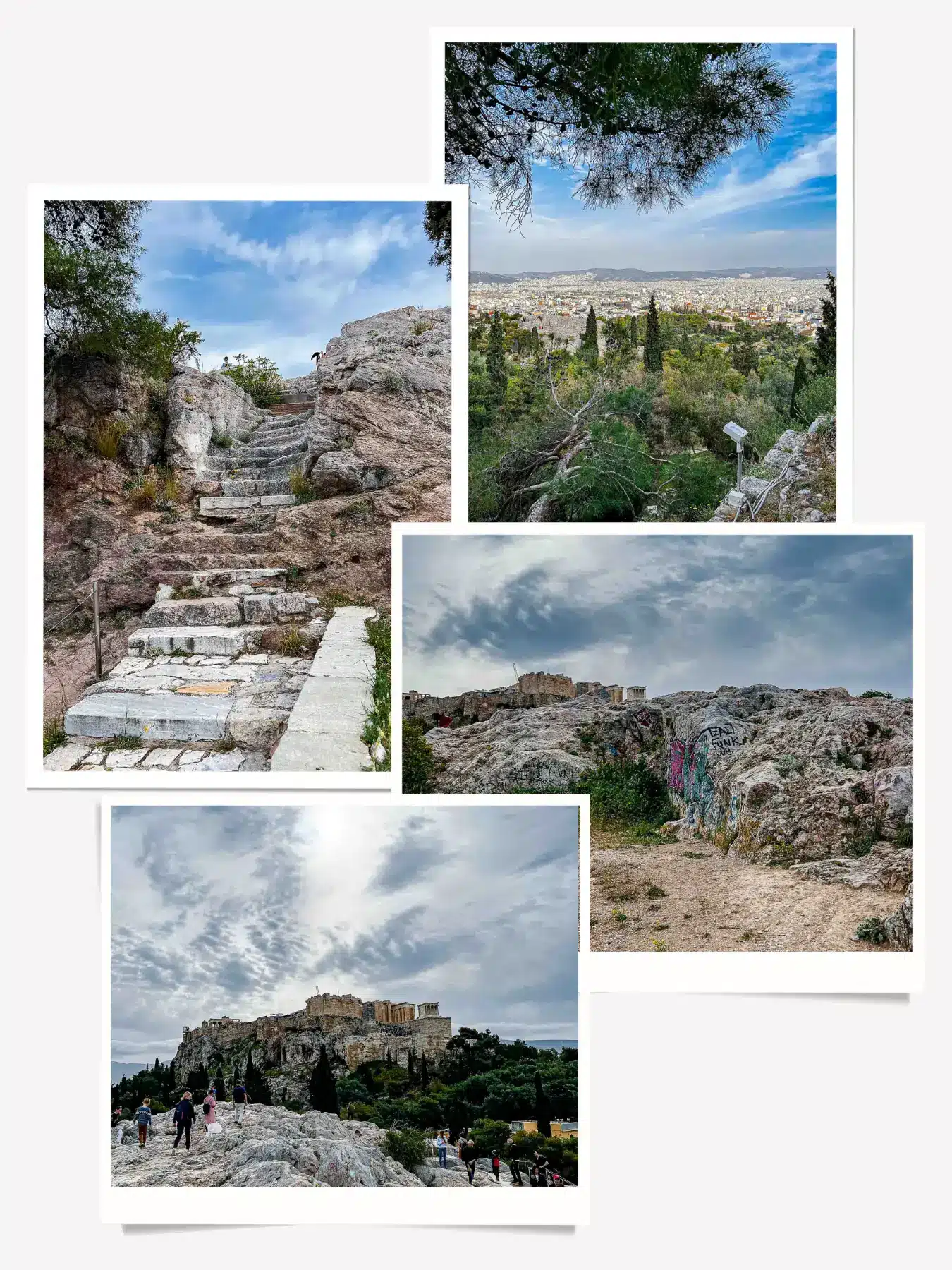 The Areopagus Hill, situated near the Acropolis in Athens, Greece, is a site steeped in history and myth, offering visitors a rich tapestry of ancient stories and stunning views of the city. This rocky outcrop served as the meeting place for the ancient Athenian council, known as the Areopagus, which played a crucial role in the city’s judicial and legislative affairs. Named after Ares, the Greek god of war, the hill is also linked to various legends, including the trial of Ares for the murder of Poseidon’s son, Halirrhothius. The Areopagus holds significant religious and philosophical importance as well; it was here that St. Paul delivered his famous sermon to the Athenians, as recounted in the Acts of the Apostles, introducing the concept of Christianity to the city. Today, the Areopagus Hill offers visitors not only a historical journey but also breathtaking panoramic views of the Acropolis, the Agora, and modern Athens. The climb to the top is well worth the effort. We stayed up there and enjoyed the views, then took the trails into Ano Petralona, where we walked around and enjoyed the city.
The Areopagus Hill, situated near the Acropolis in Athens, Greece, is a site steeped in history and myth, offering visitors a rich tapestry of ancient stories and stunning views of the city. This rocky outcrop served as the meeting place for the ancient Athenian council, known as the Areopagus, which played a crucial role in the city’s judicial and legislative affairs. Named after Ares, the Greek god of war, the hill is also linked to various legends, including the trial of Ares for the murder of Poseidon’s son, Halirrhothius. The Areopagus holds significant religious and philosophical importance as well; it was here that St. Paul delivered his famous sermon to the Athenians, as recounted in the Acts of the Apostles, introducing the concept of Christianity to the city. Today, the Areopagus Hill offers visitors not only a historical journey but also breathtaking panoramic views of the Acropolis, the Agora, and modern Athens. The climb to the top is well worth the effort. We stayed up there and enjoyed the views, then took the trails into Ano Petralona, where we walked around and enjoyed the city.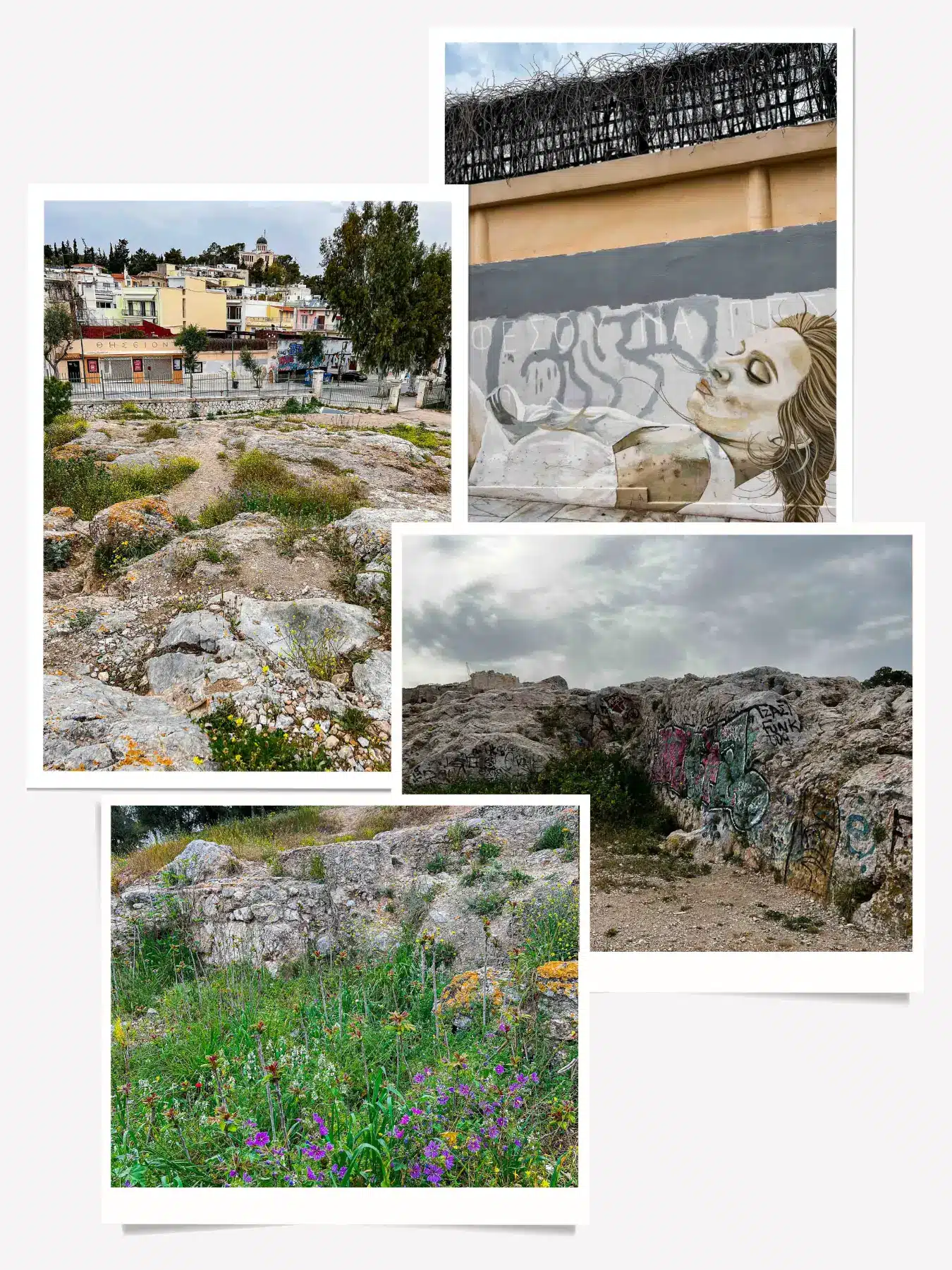 The trail from Areopagus Hill to Ano Petralona offers an enriching journey through Athens, blending historical sites with local culture and picturesque landscapes. Starting from the iconic Areopagus Hill, where ancient Athenians held court and where St. Paul preached, the trail meanders through the charming neighborhood of Thissio, known for its vibrant cafes and bustling pedestrian paths. As you descend from the hill, the view of the Acropolis standing majestically in the background is a constant companion, enhancing the walk with a sense of timelessness.
The trail from Areopagus Hill to Ano Petralona offers an enriching journey through Athens, blending historical sites with local culture and picturesque landscapes. Starting from the iconic Areopagus Hill, where ancient Athenians held court and where St. Paul preached, the trail meanders through the charming neighborhood of Thissio, known for its vibrant cafes and bustling pedestrian paths. As you descend from the hill, the view of the Acropolis standing majestically in the background is a constant companion, enhancing the walk with a sense of timelessness.